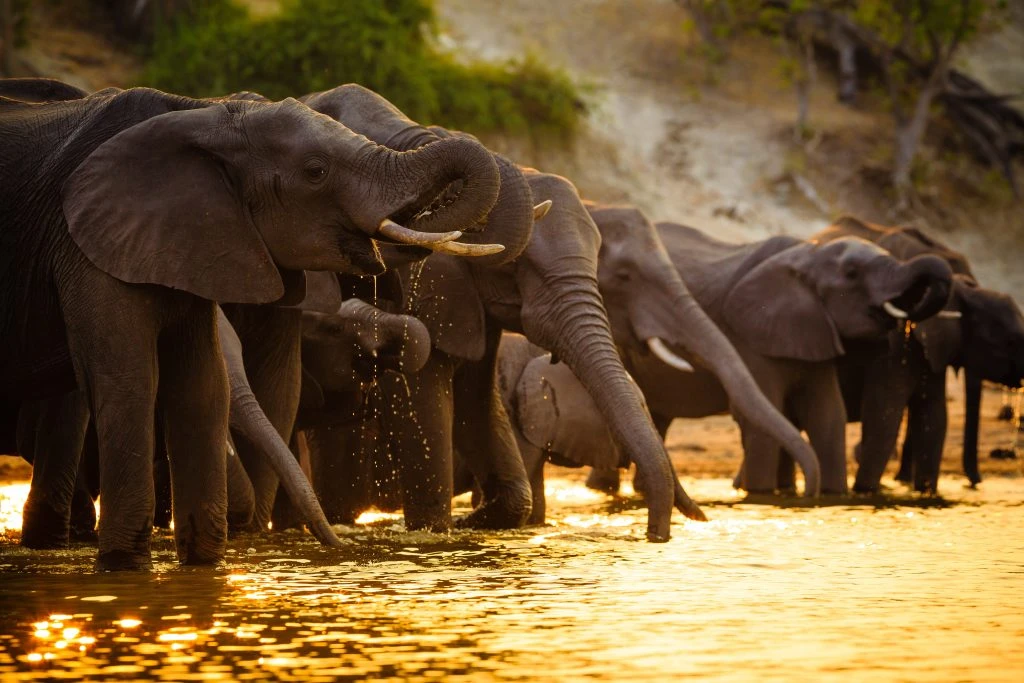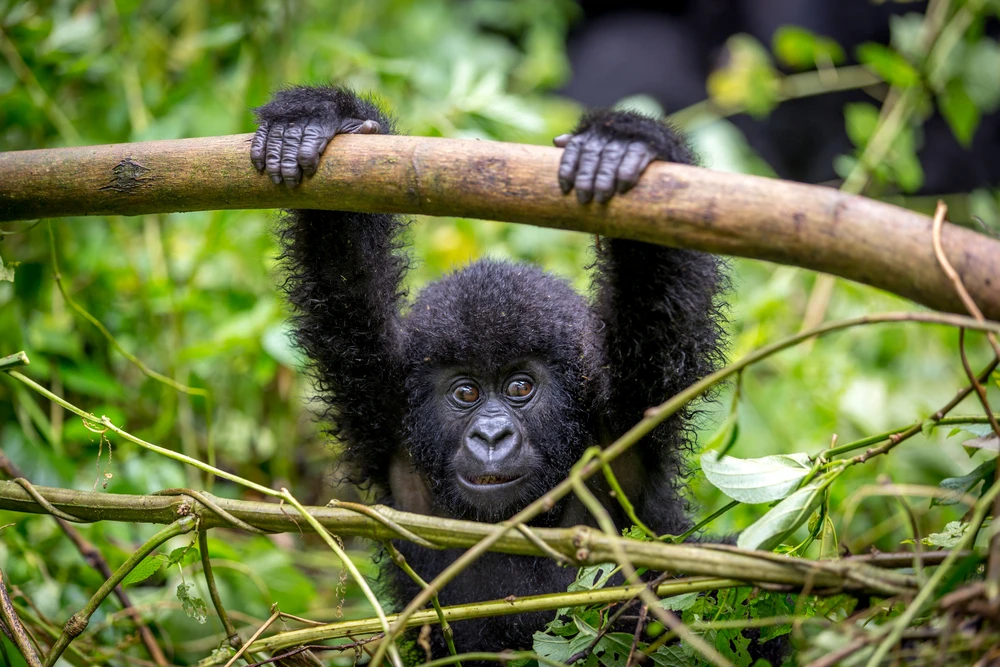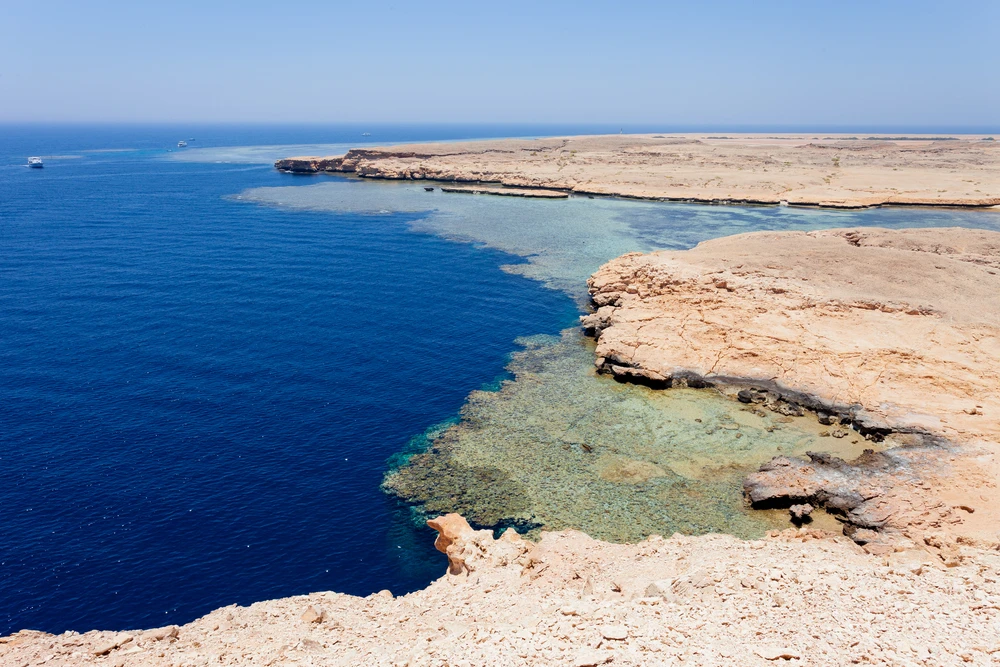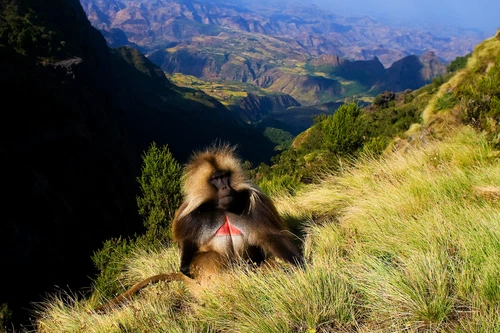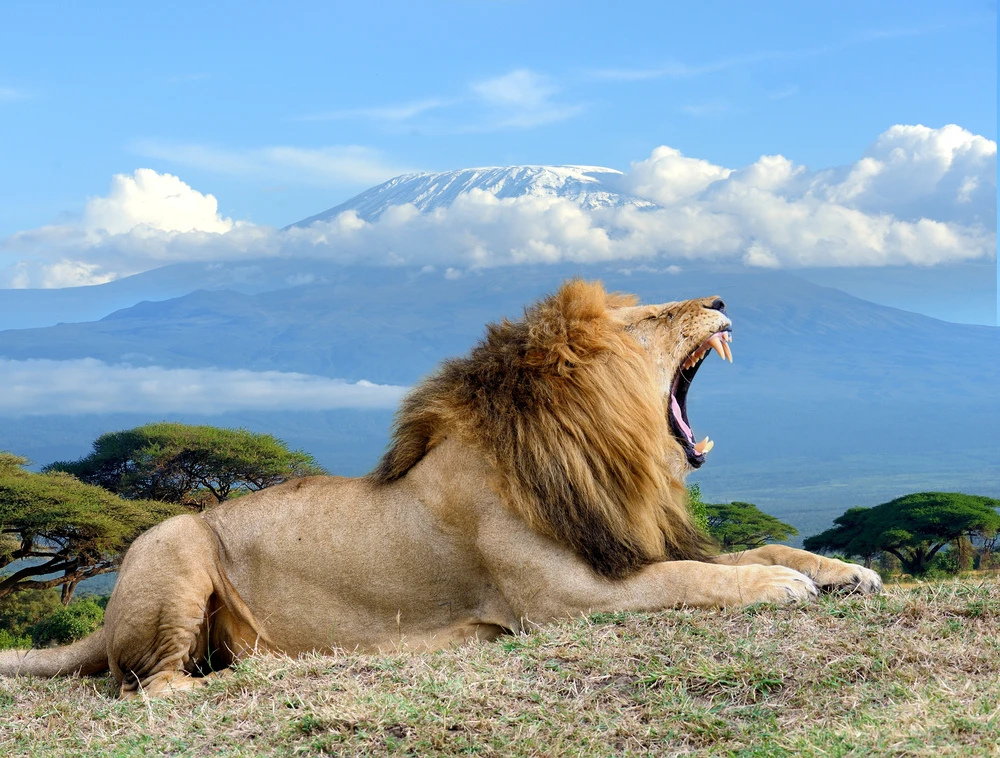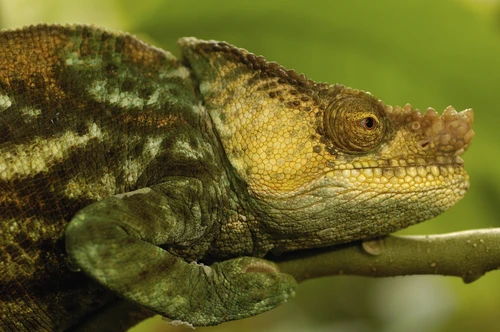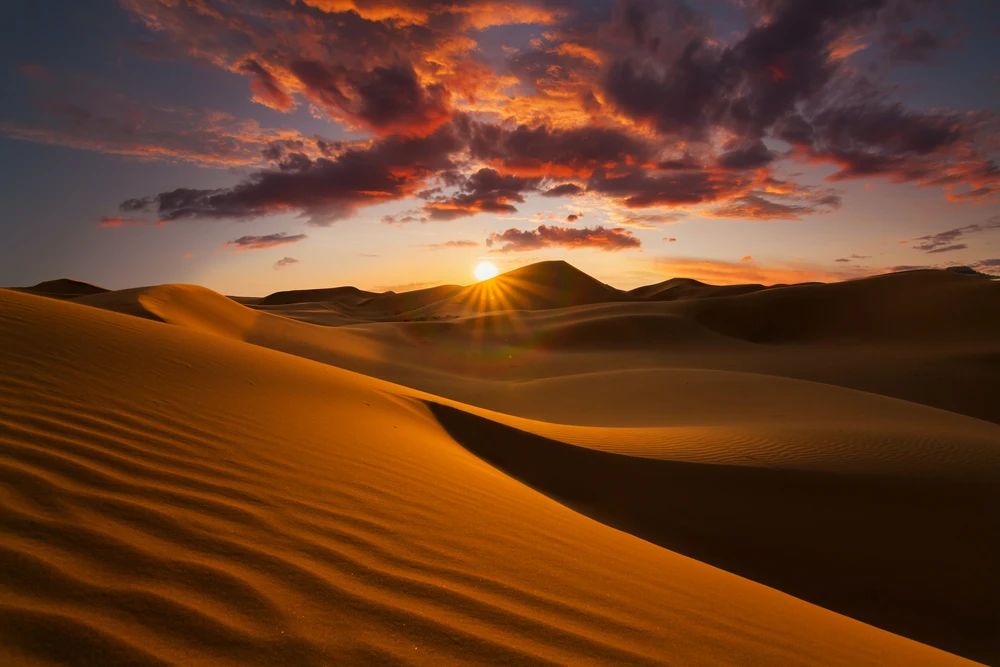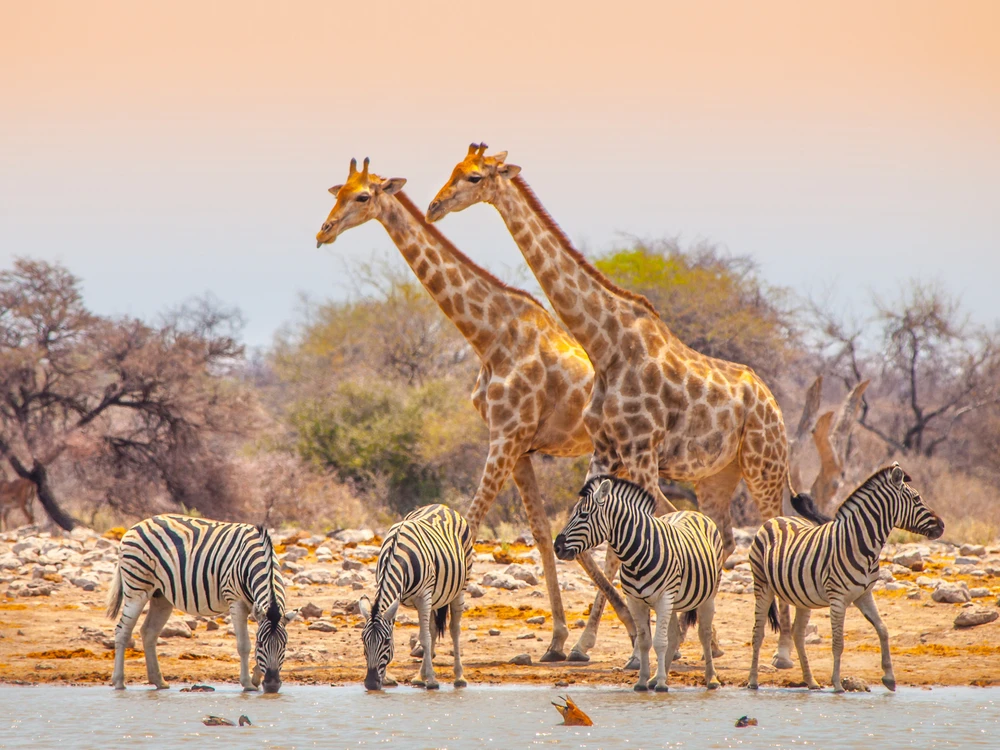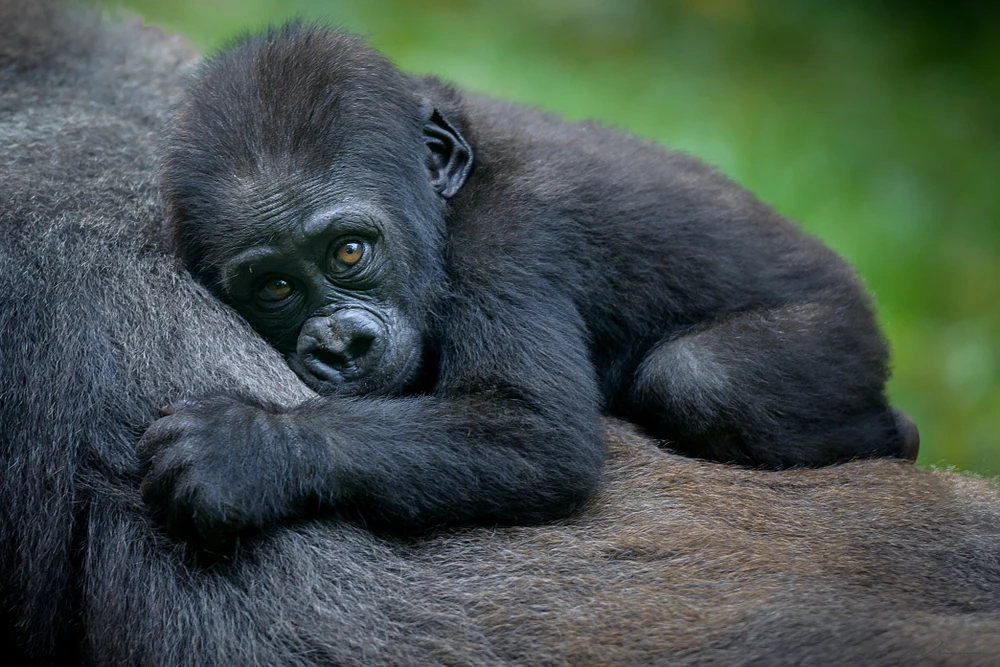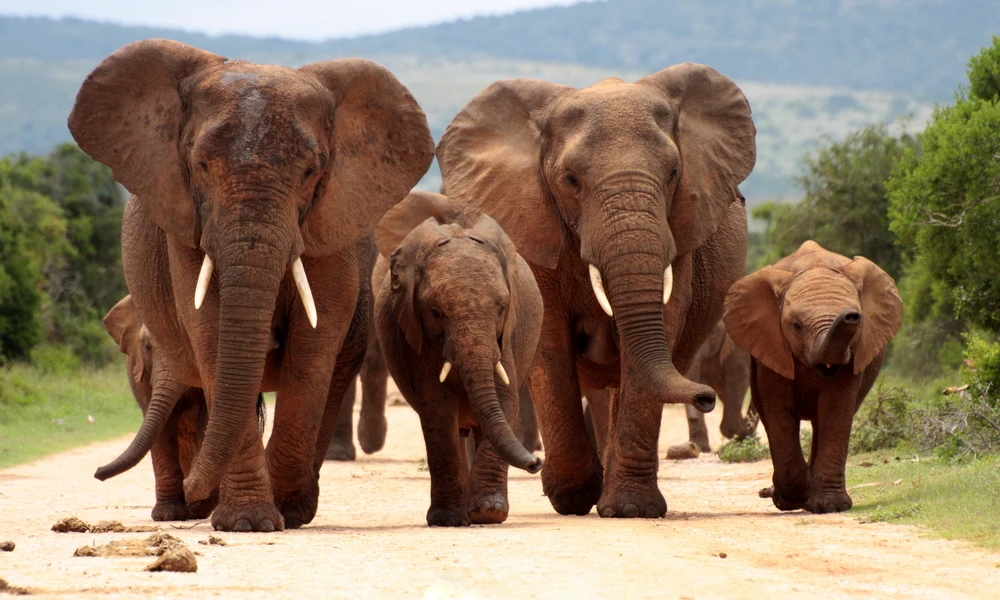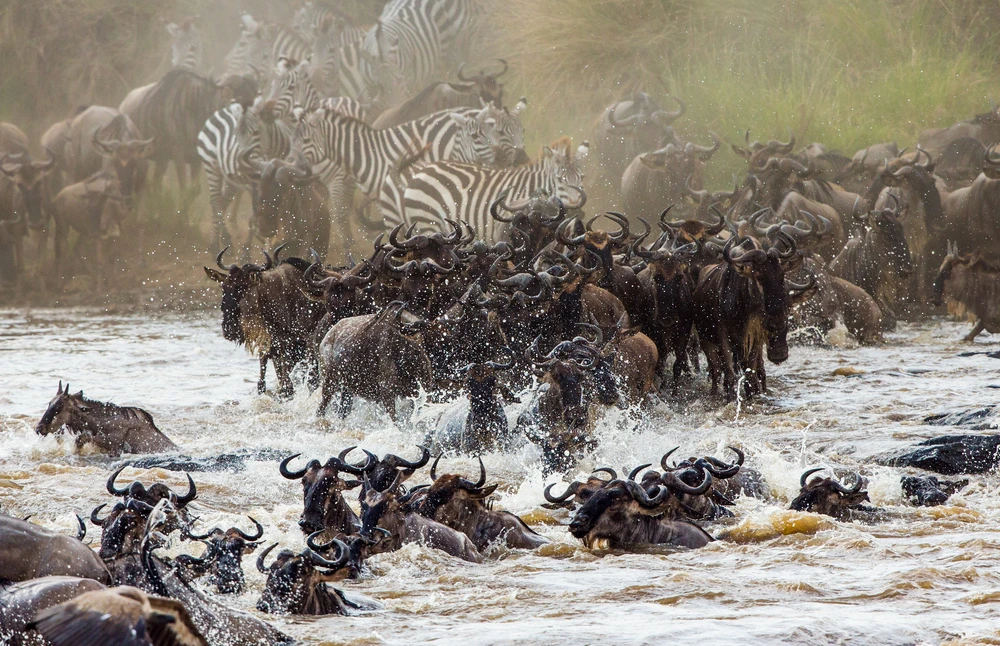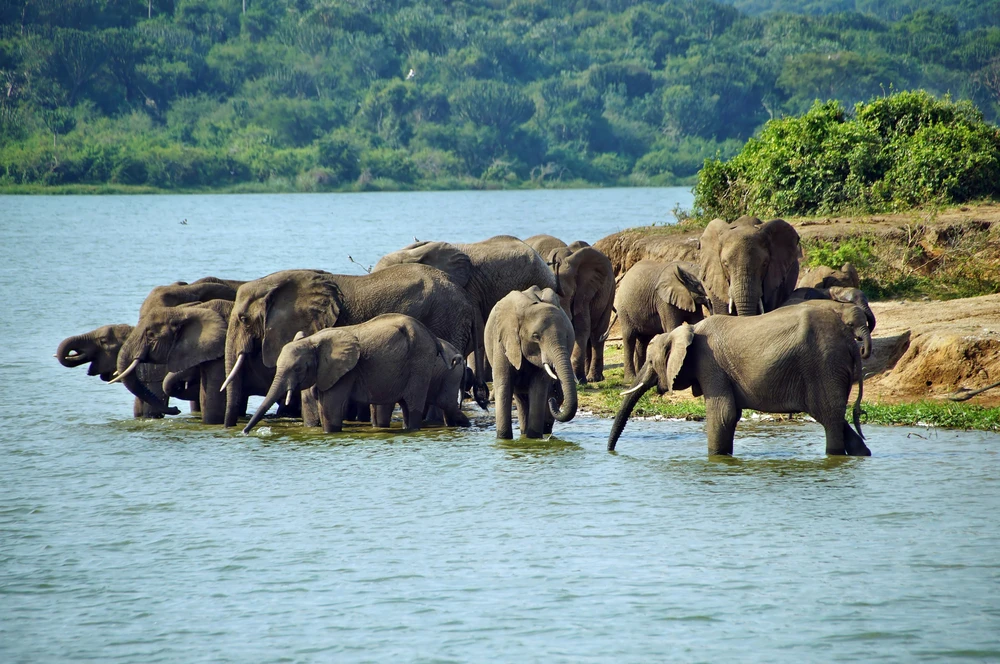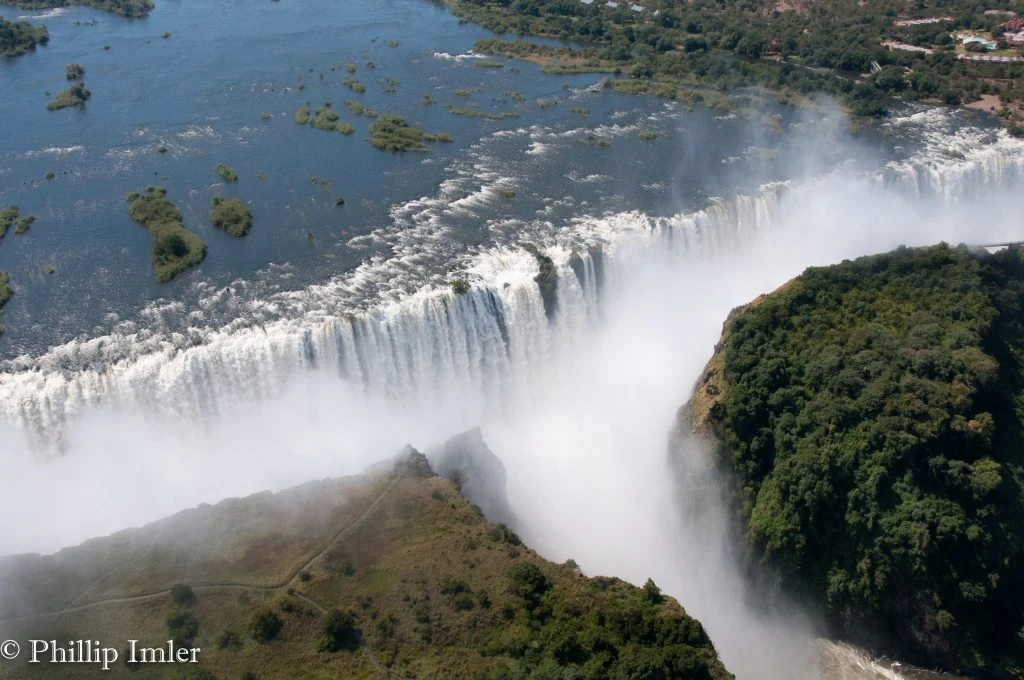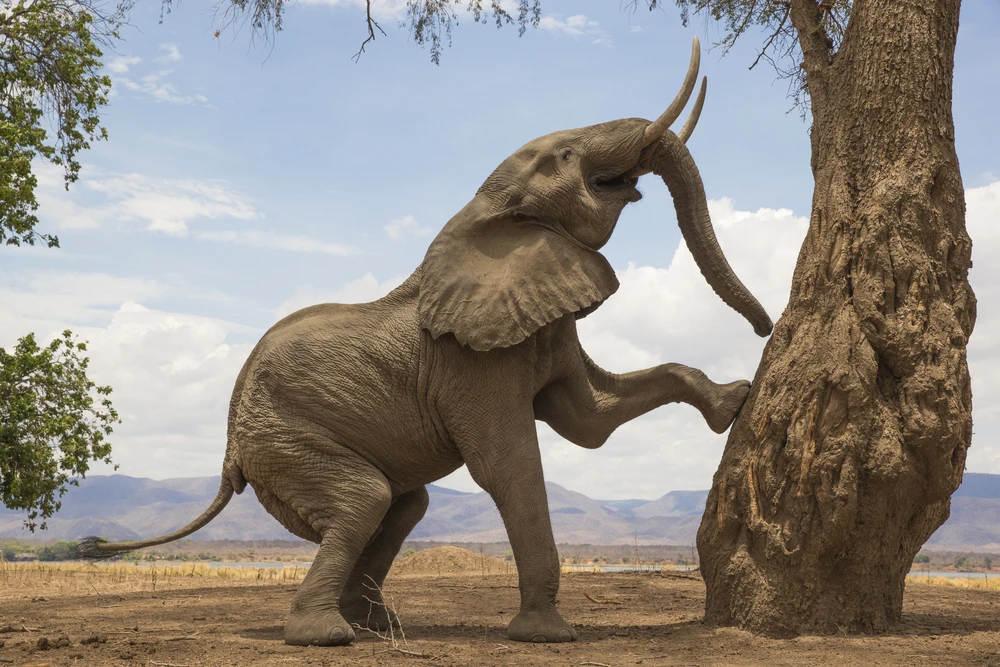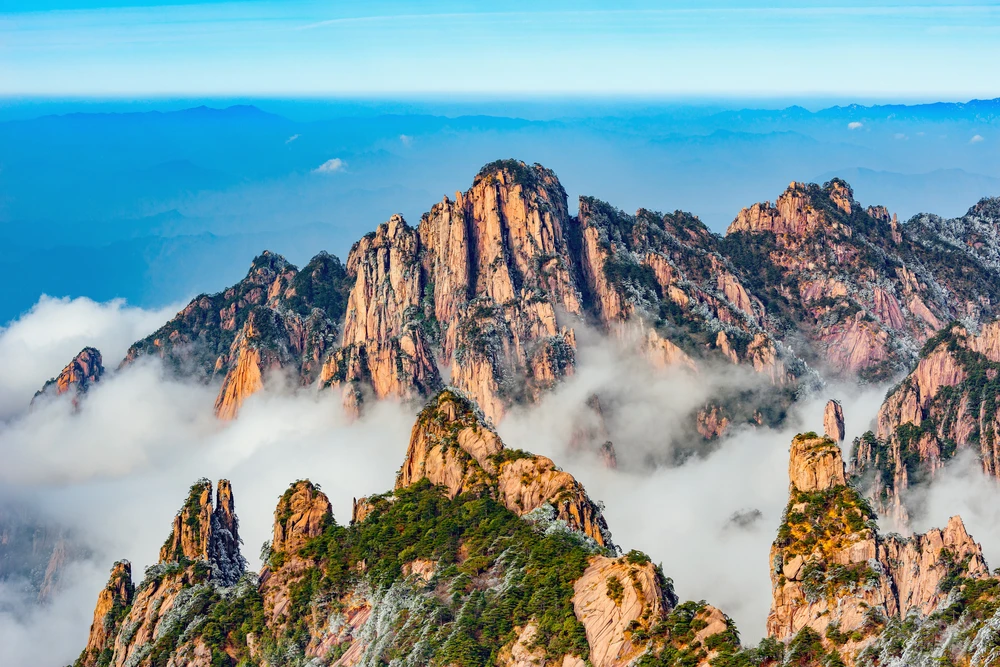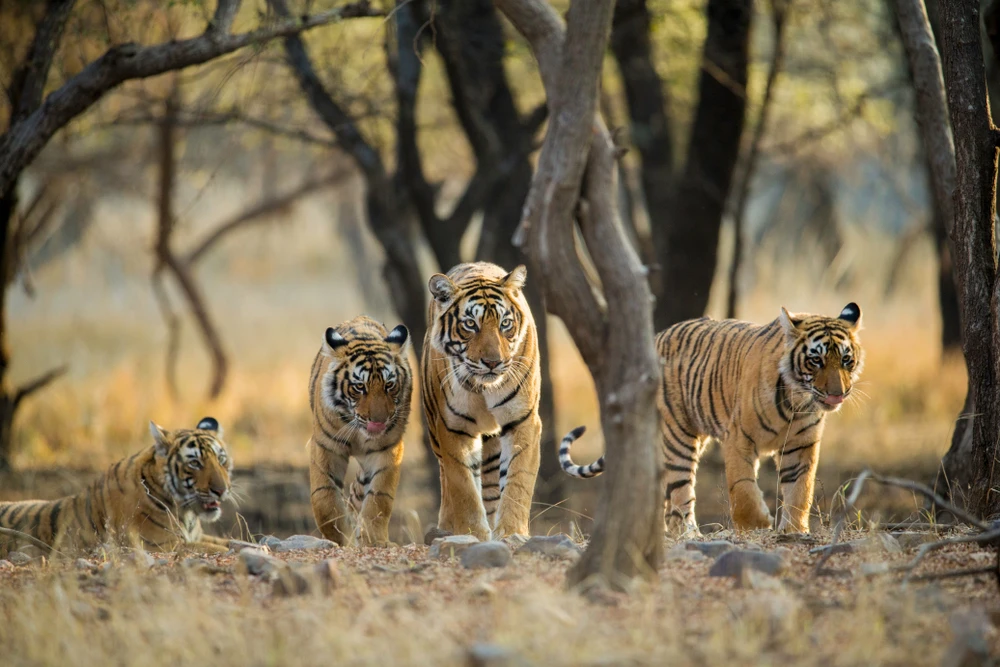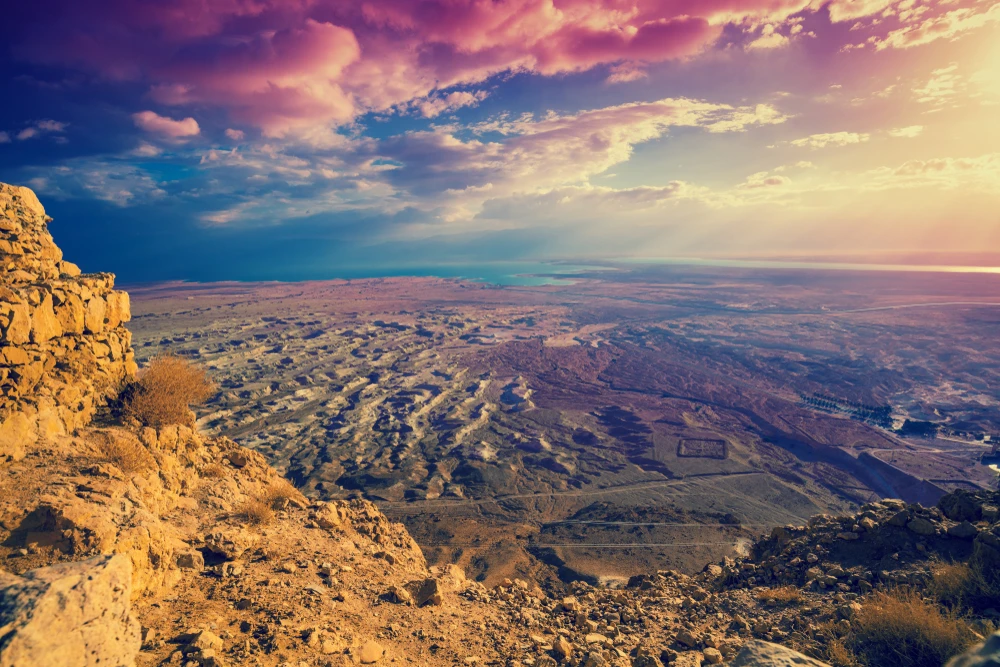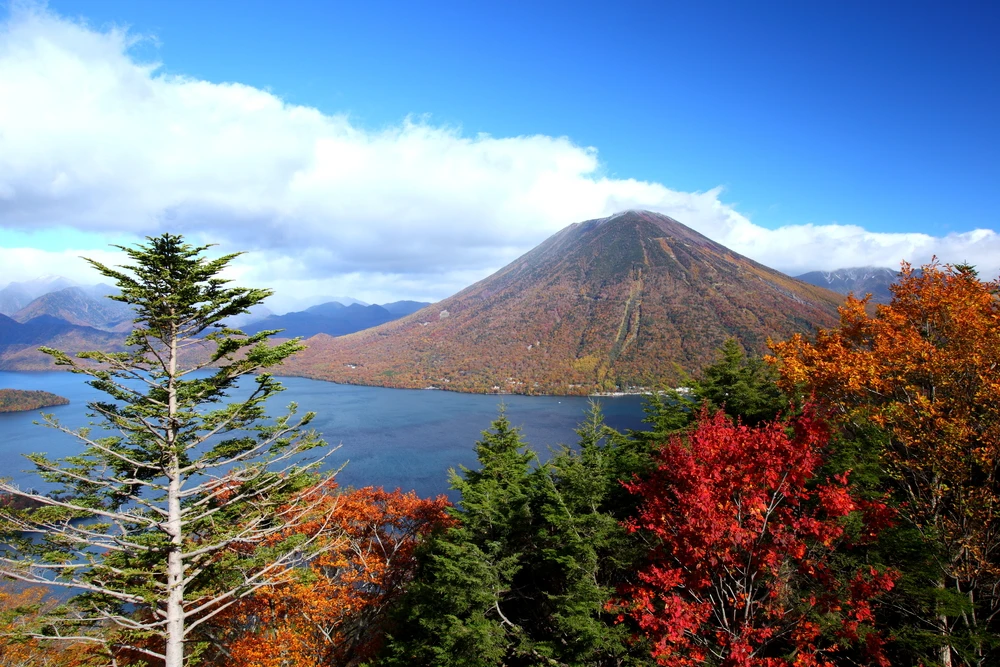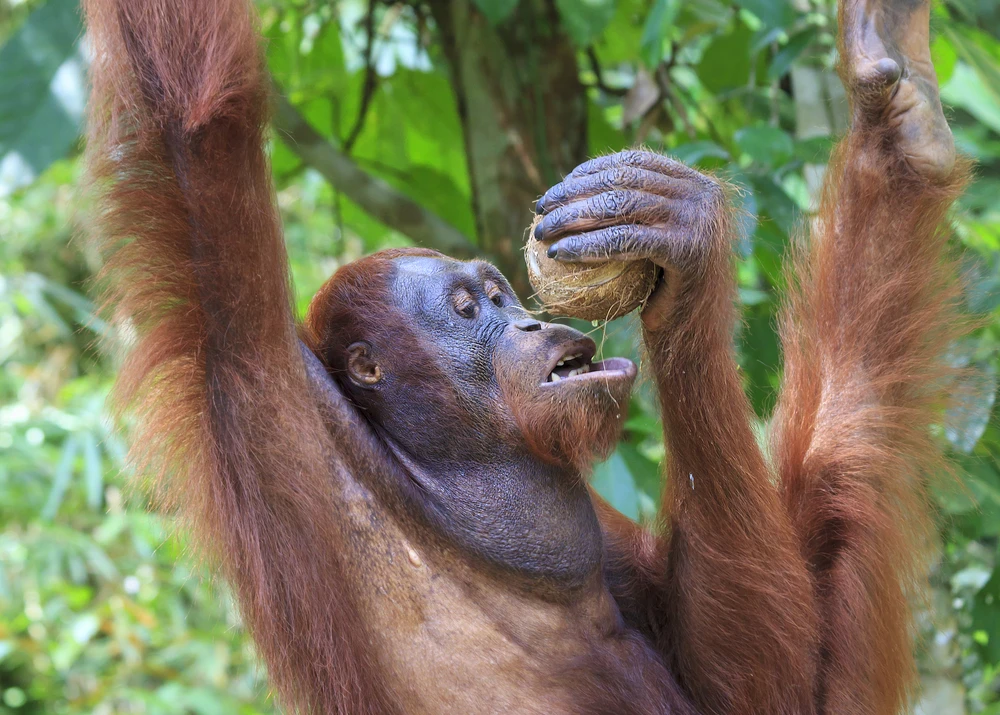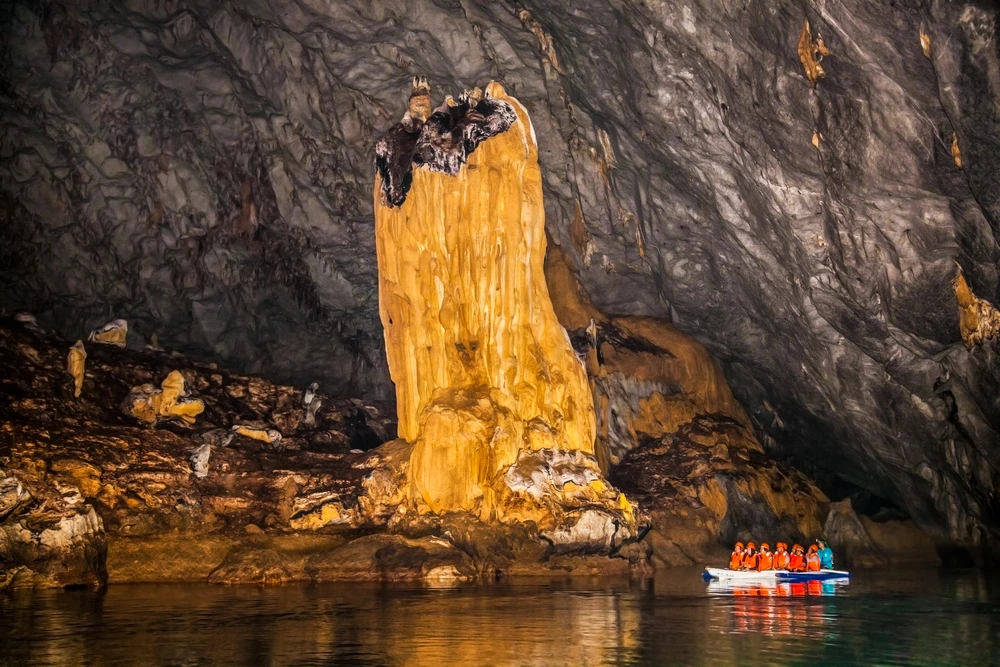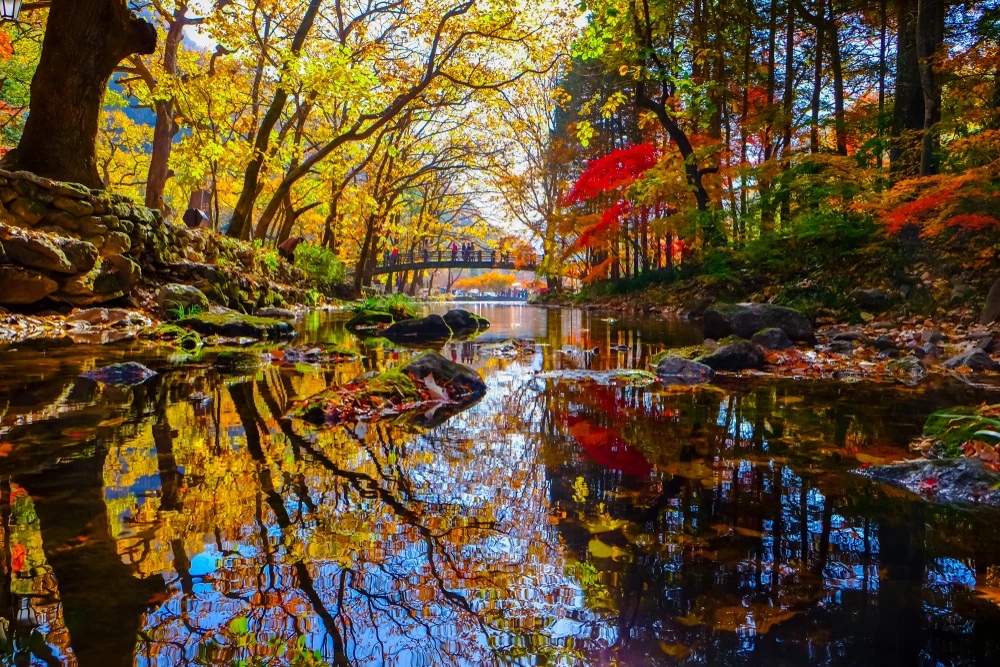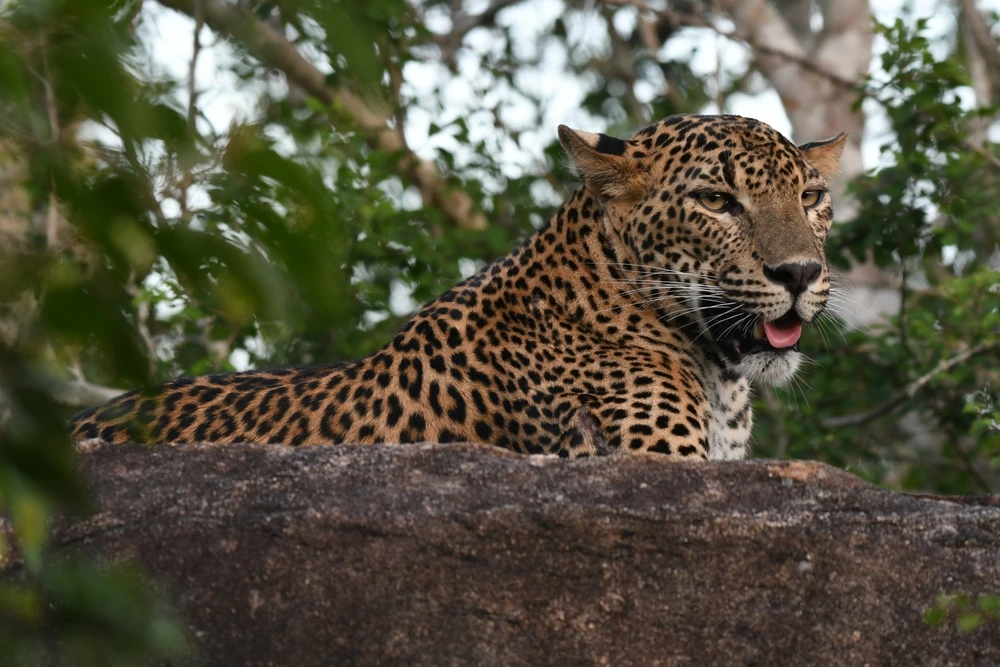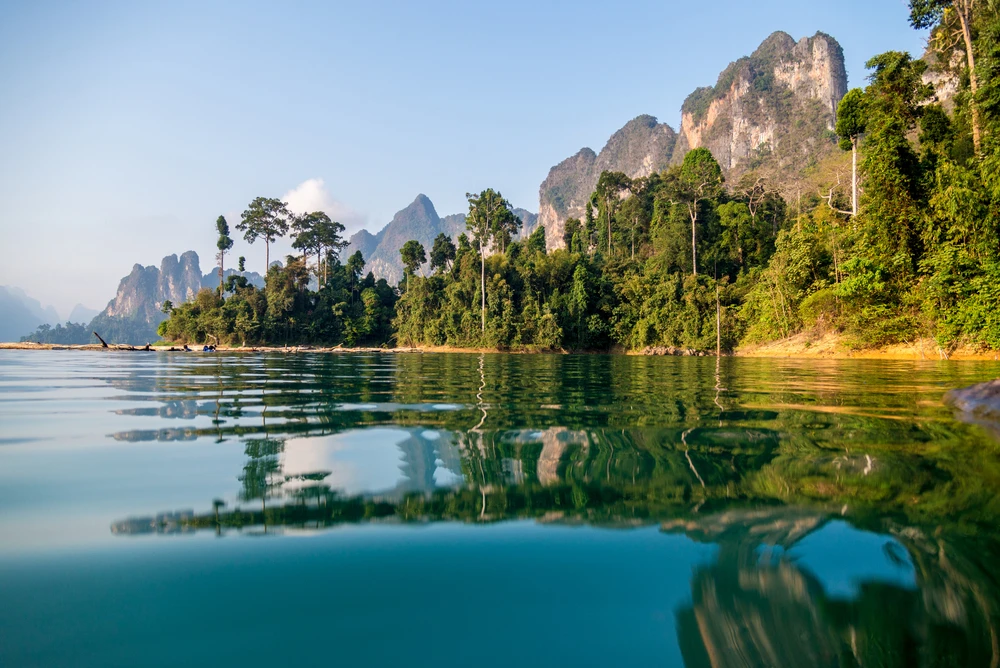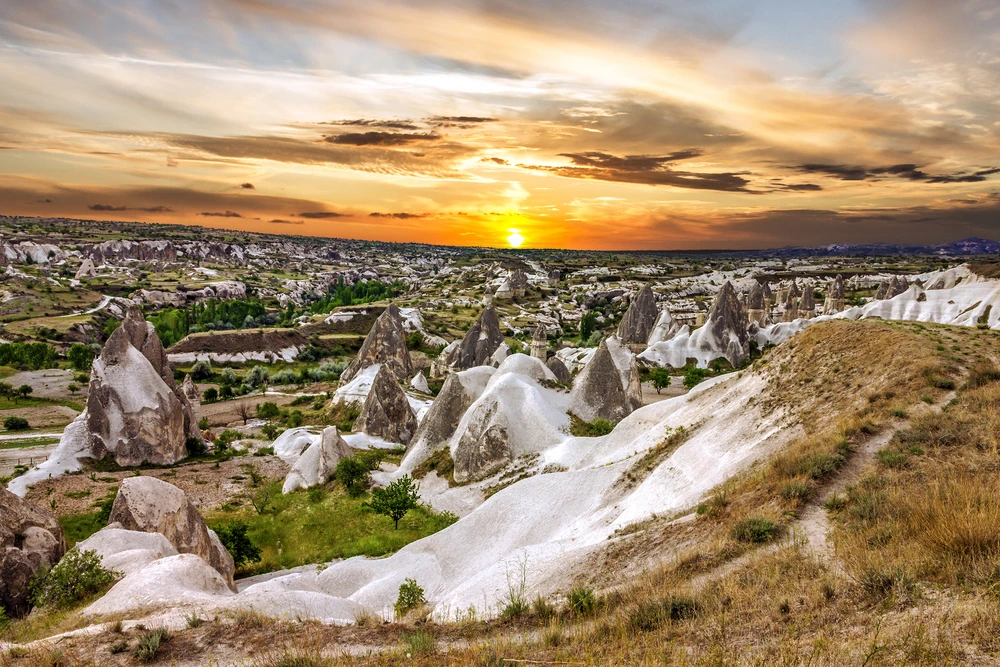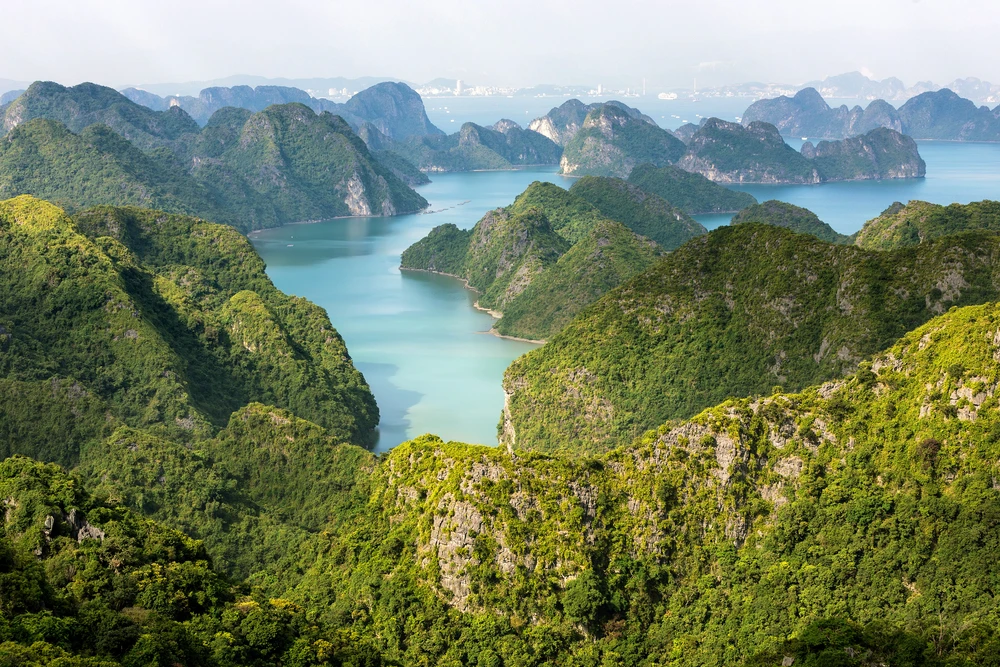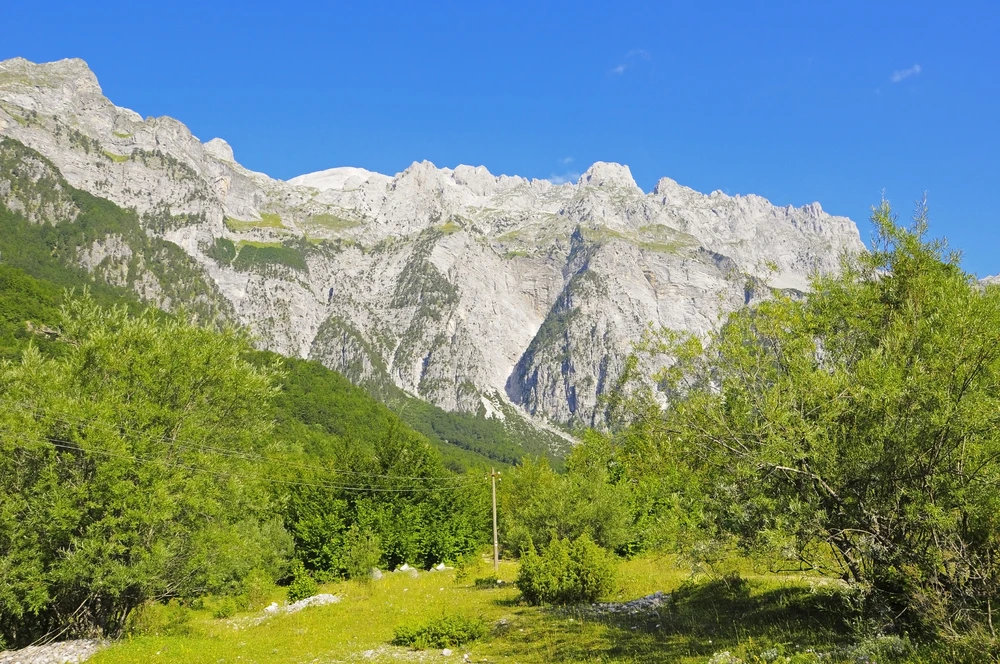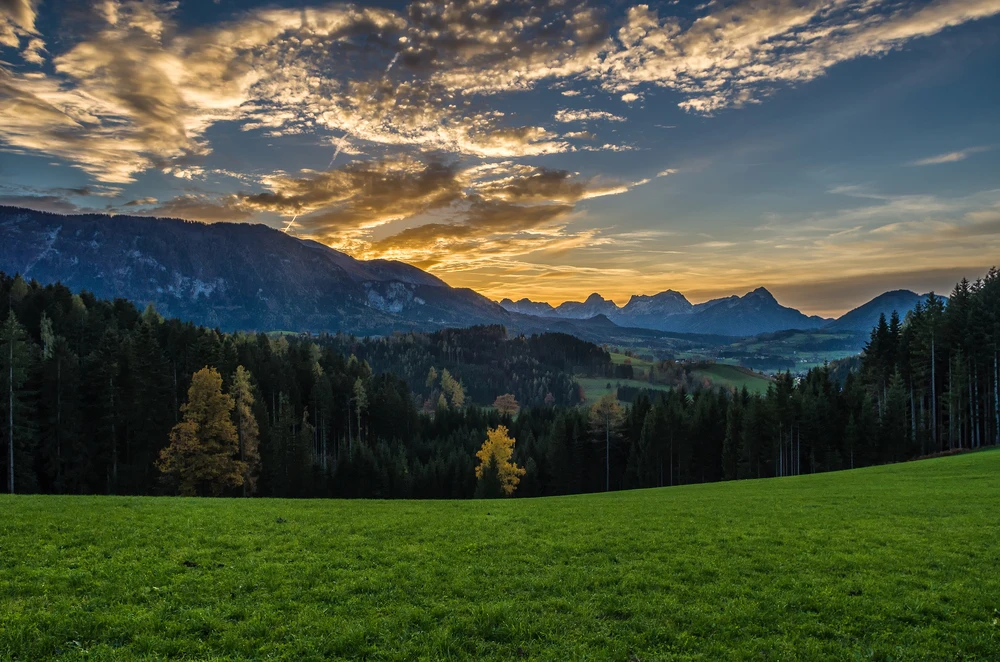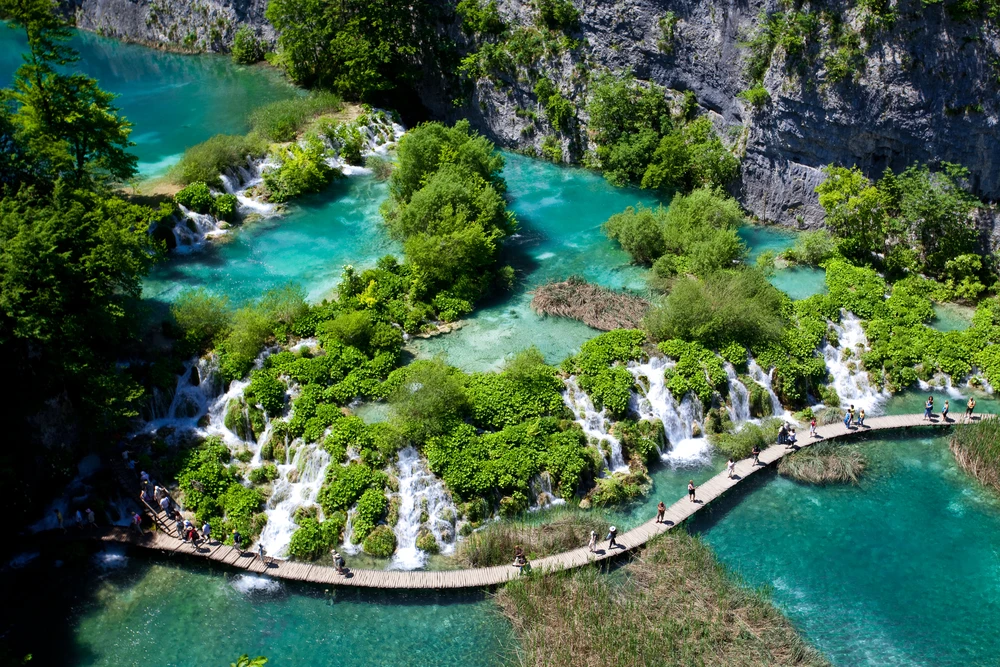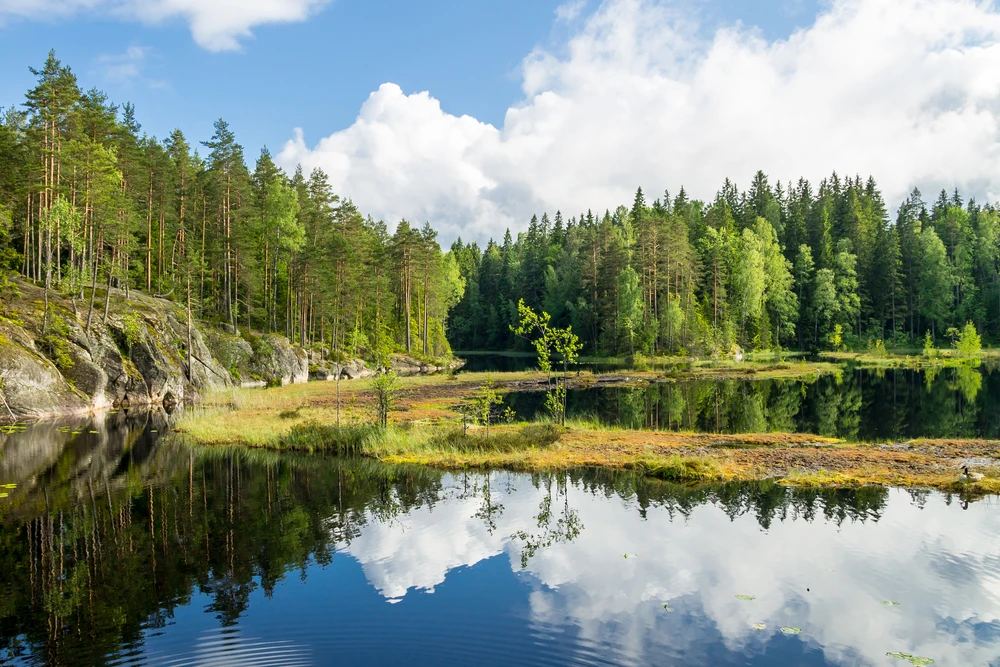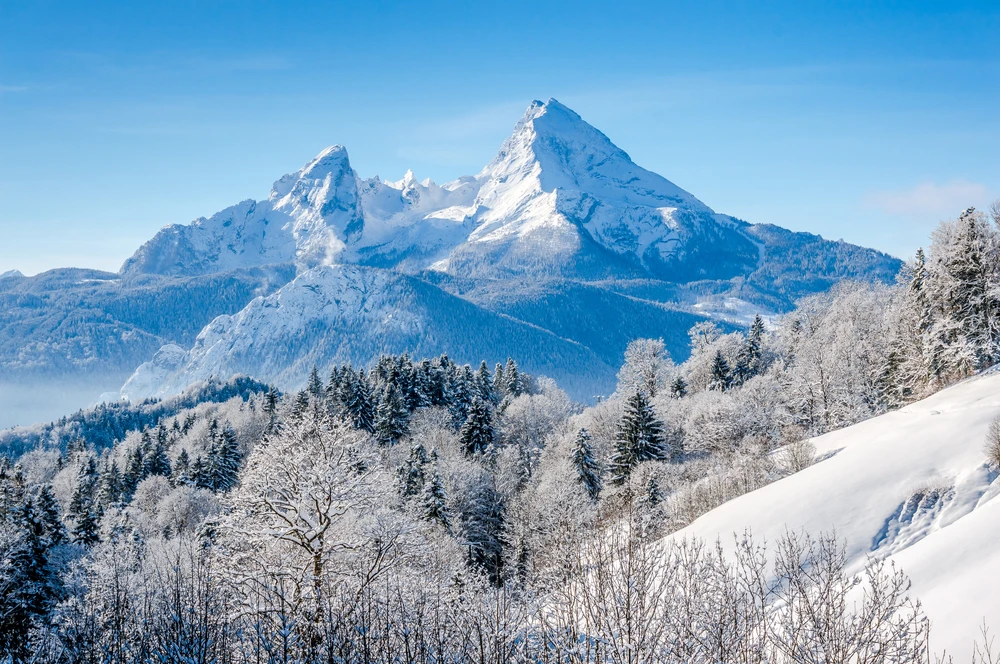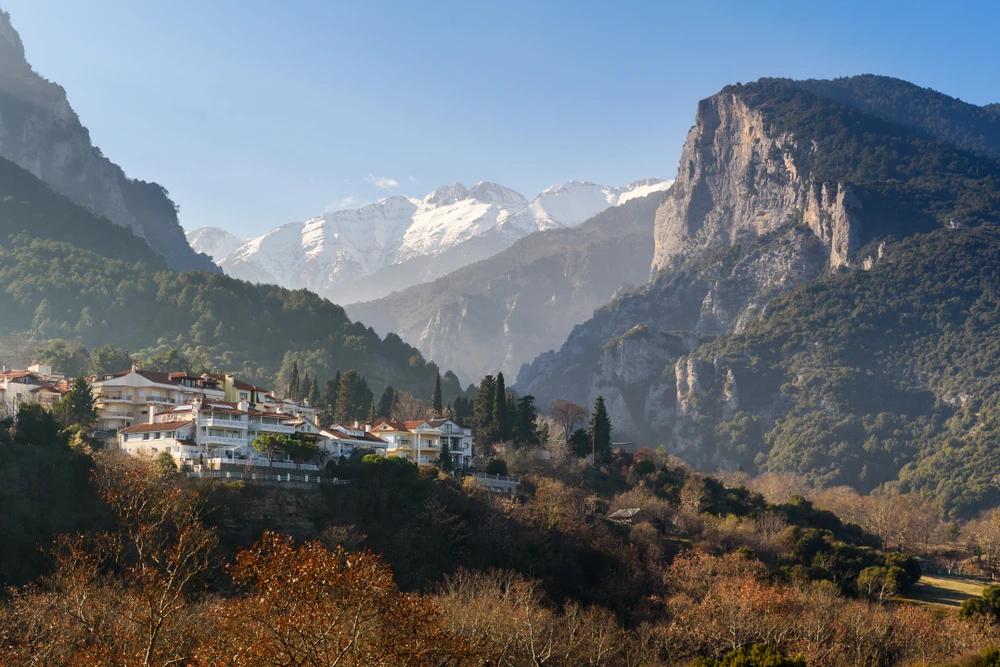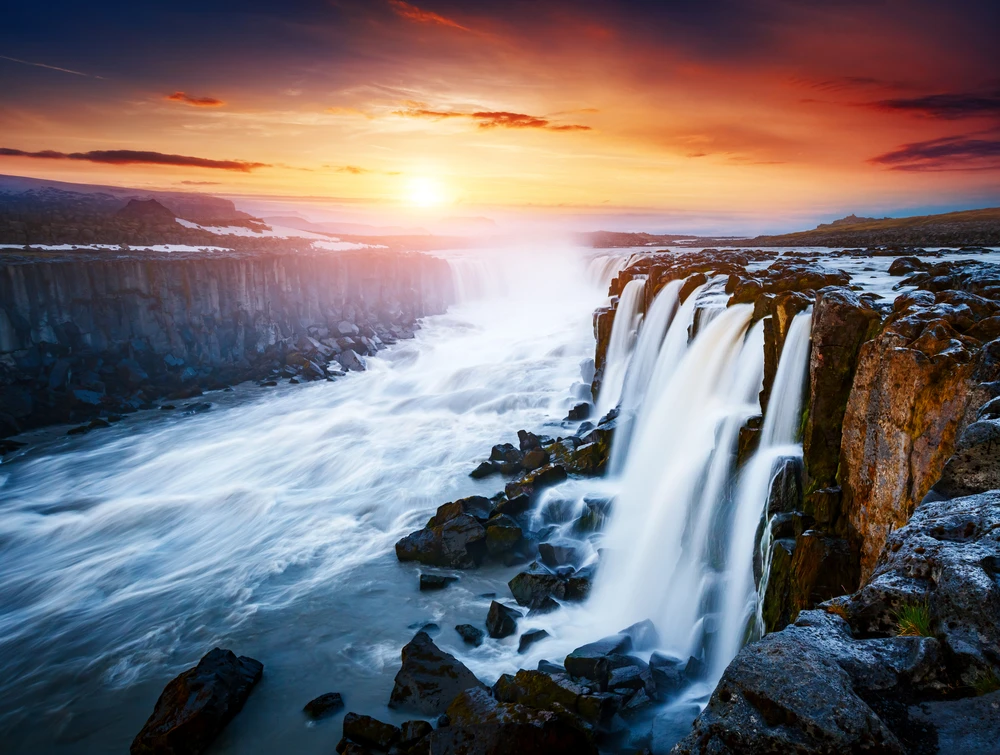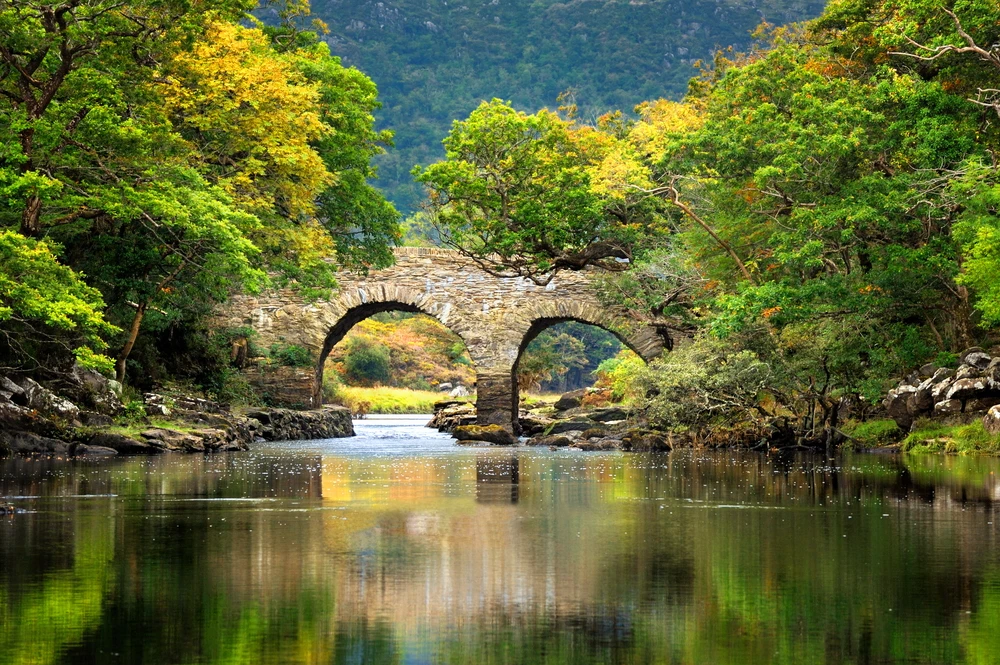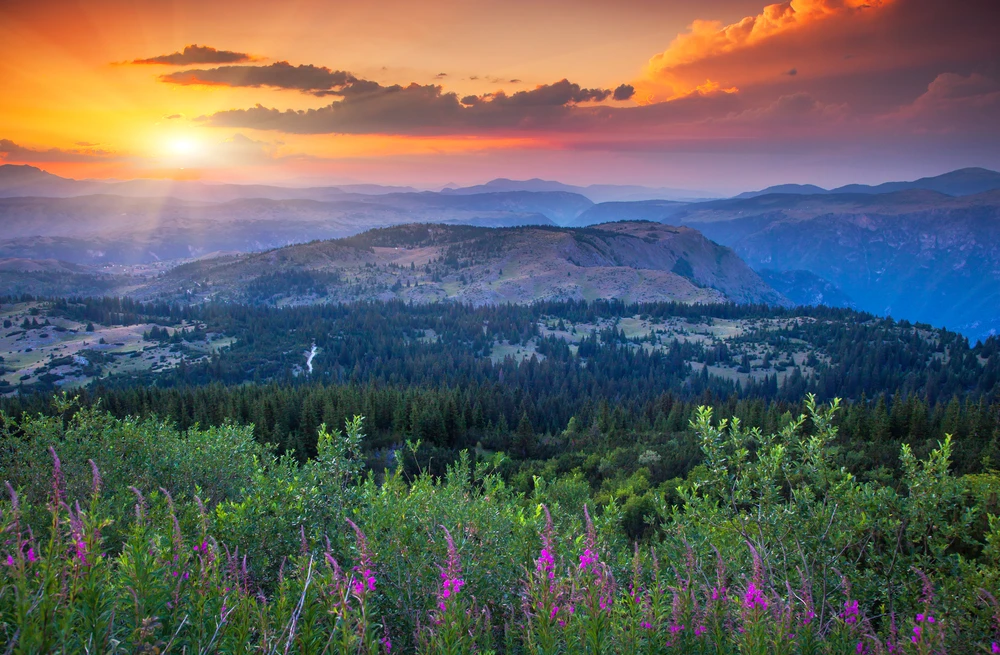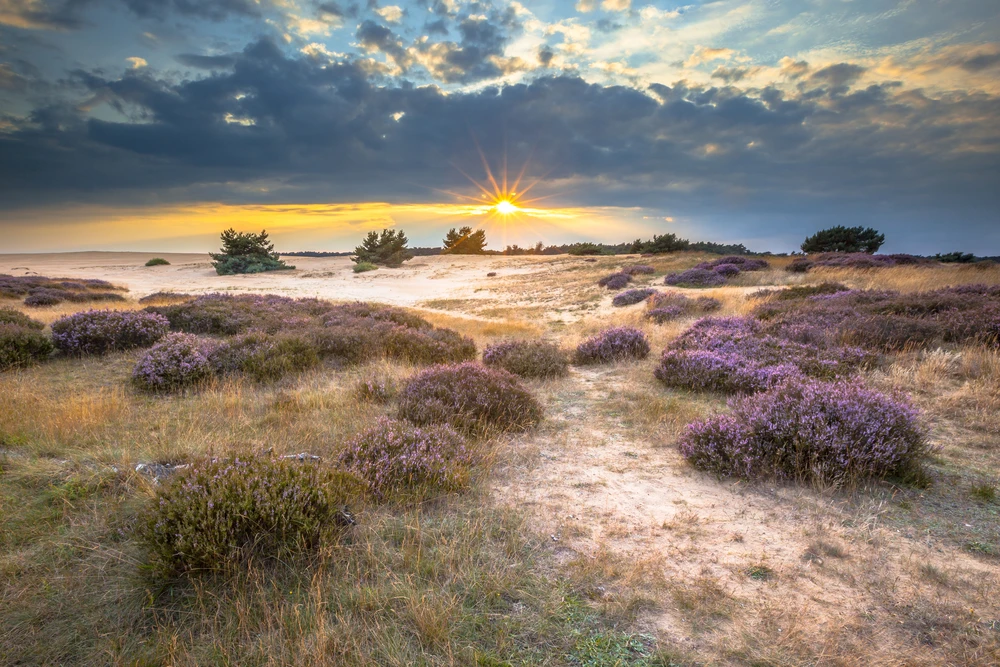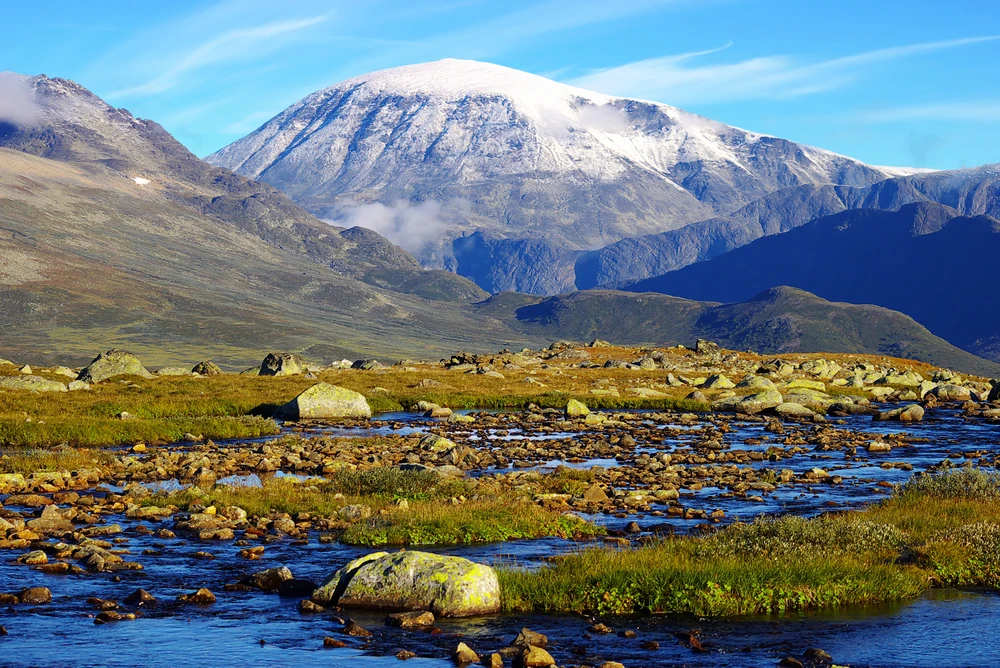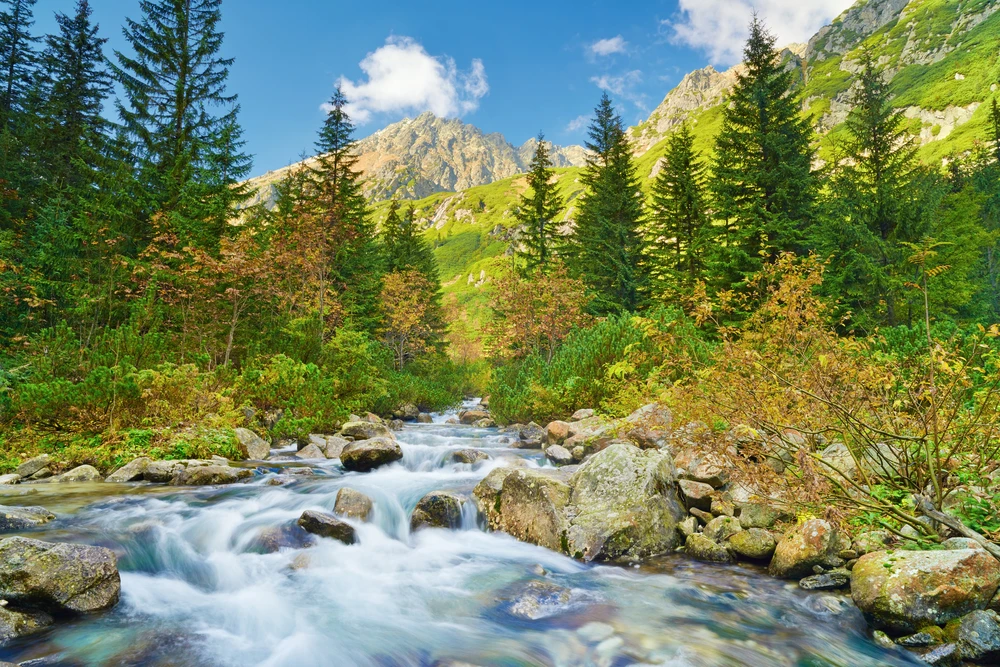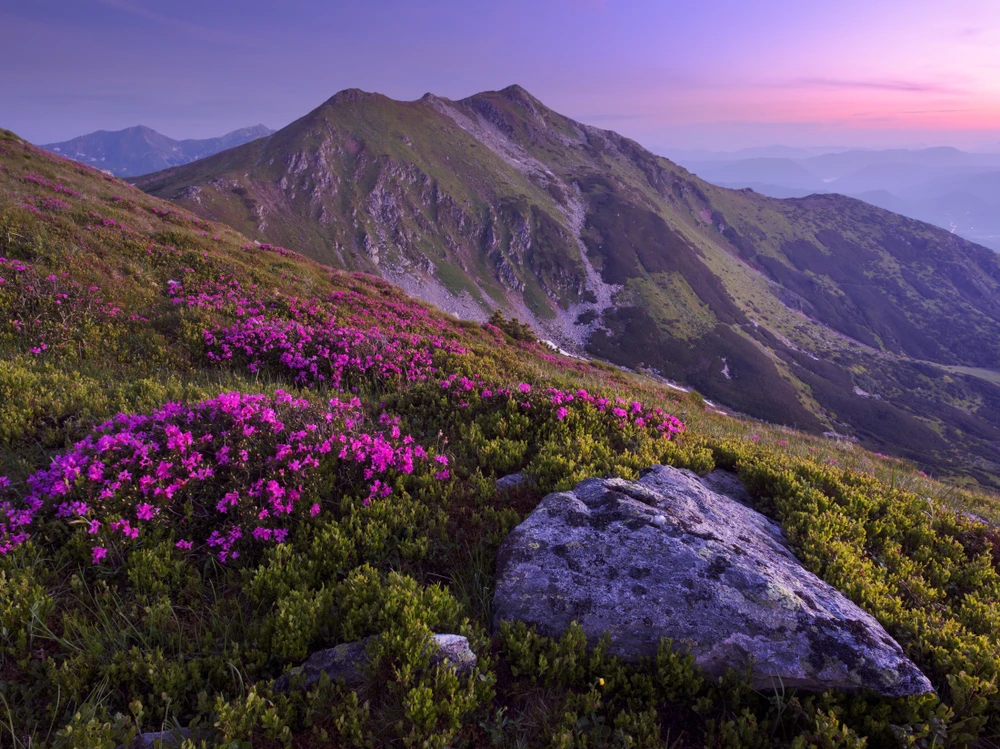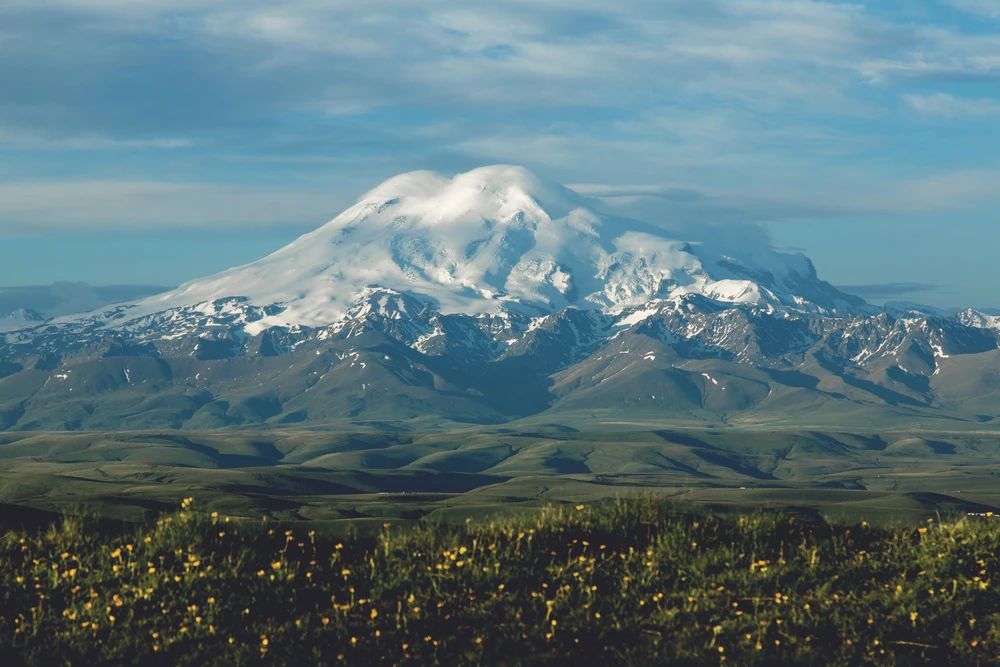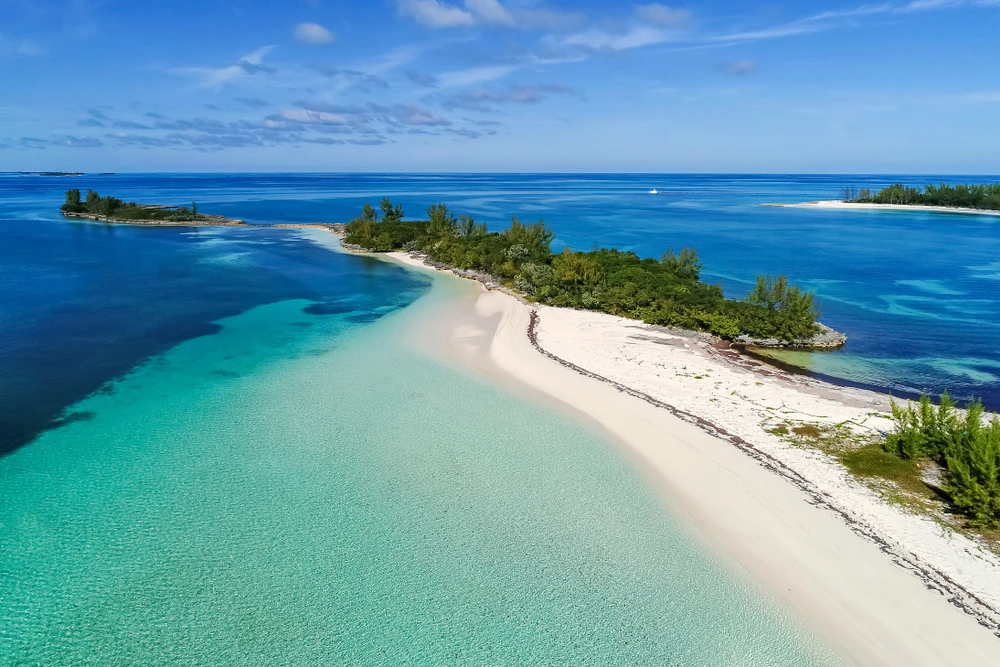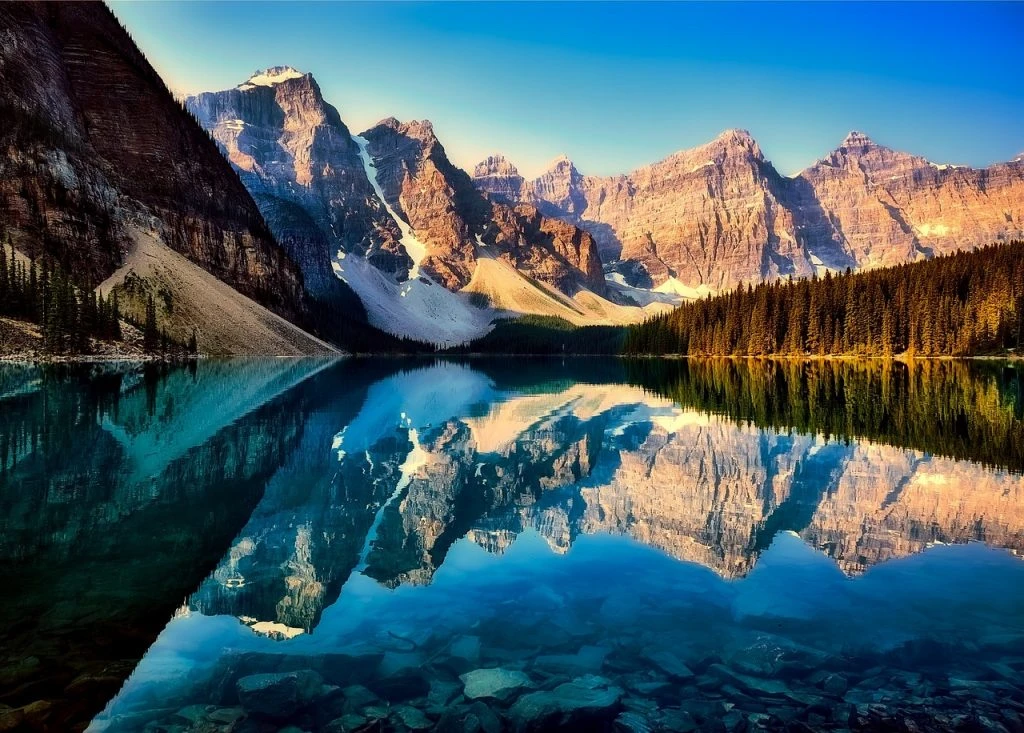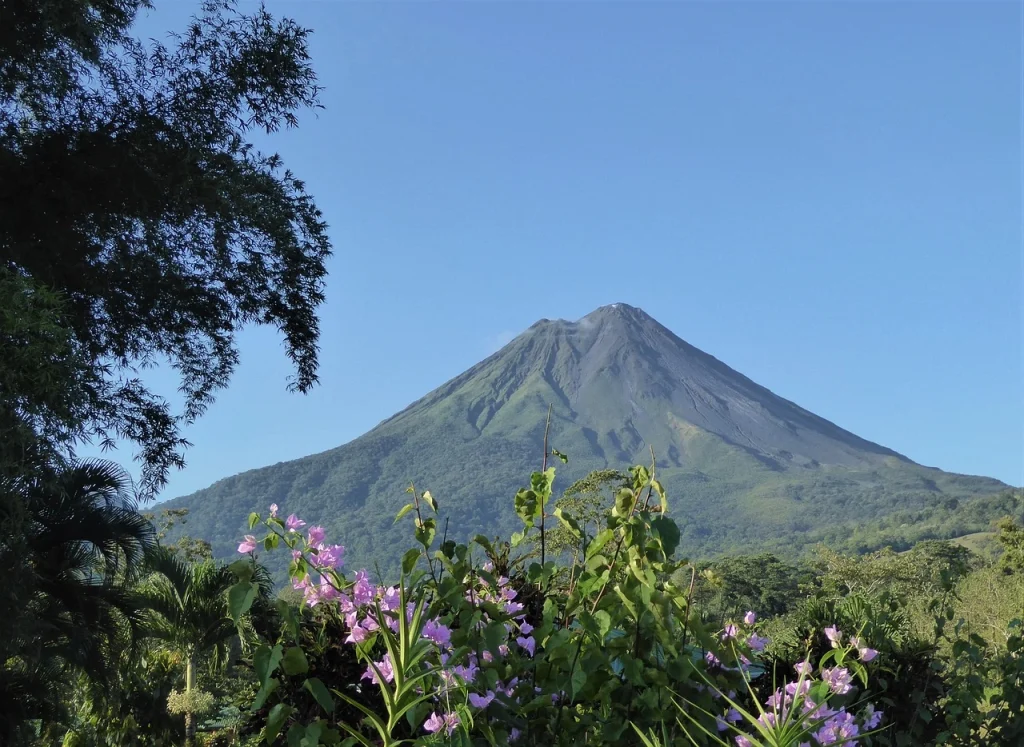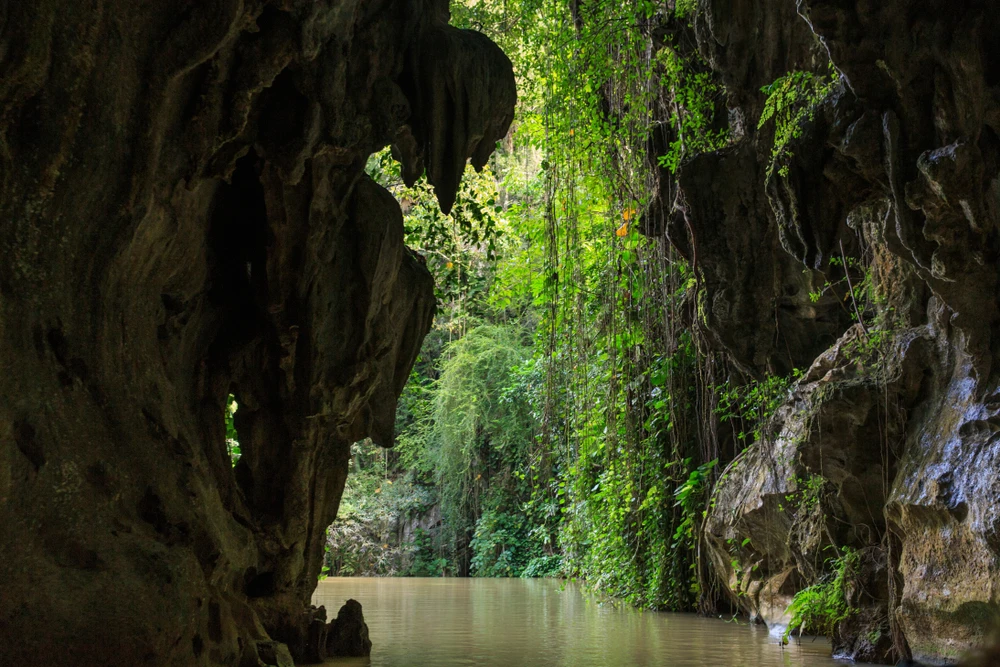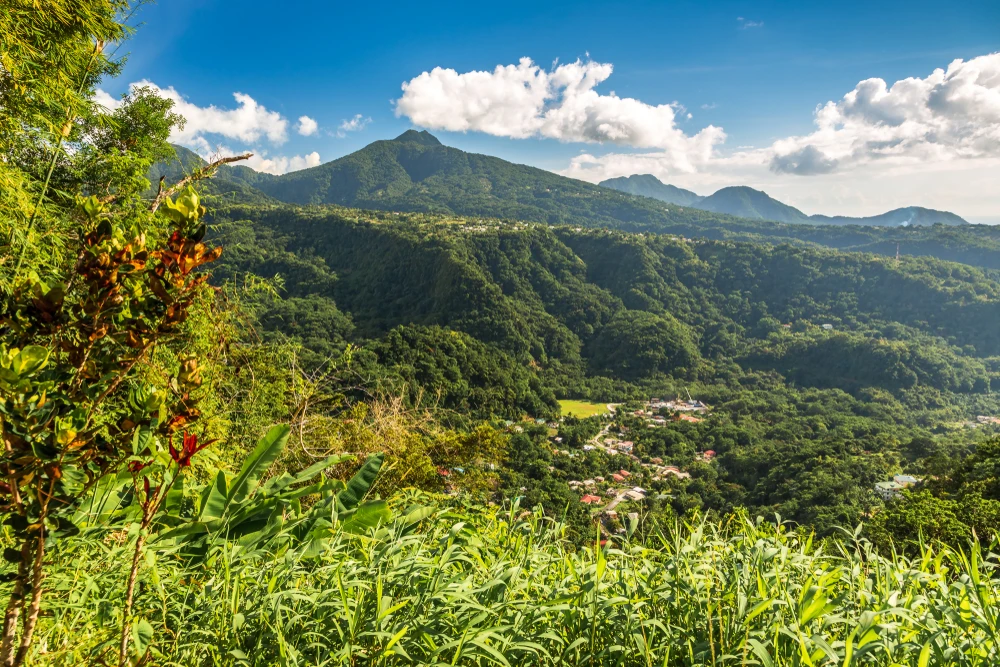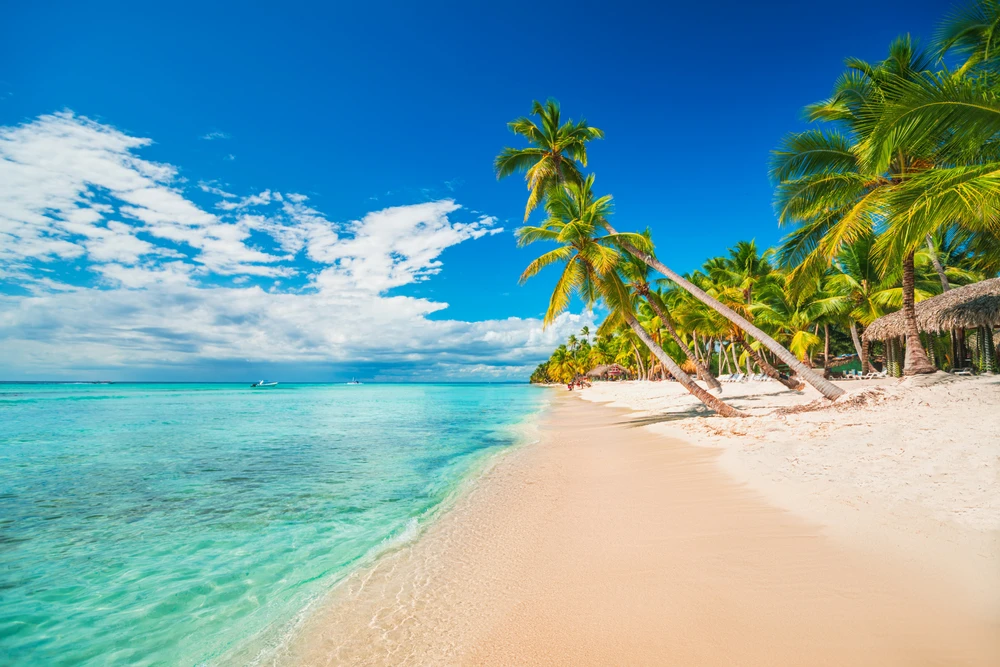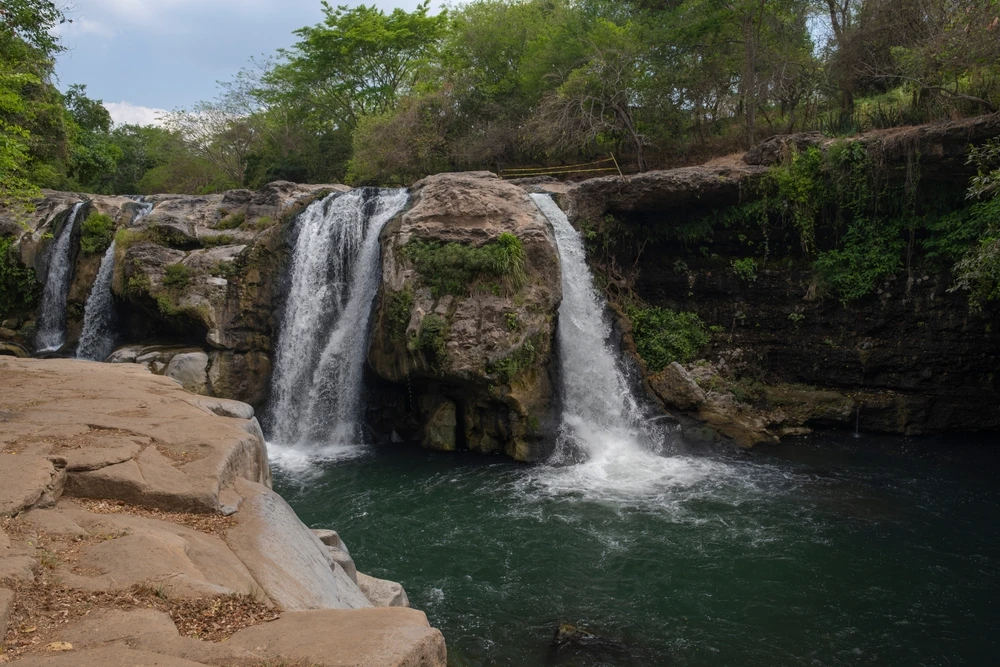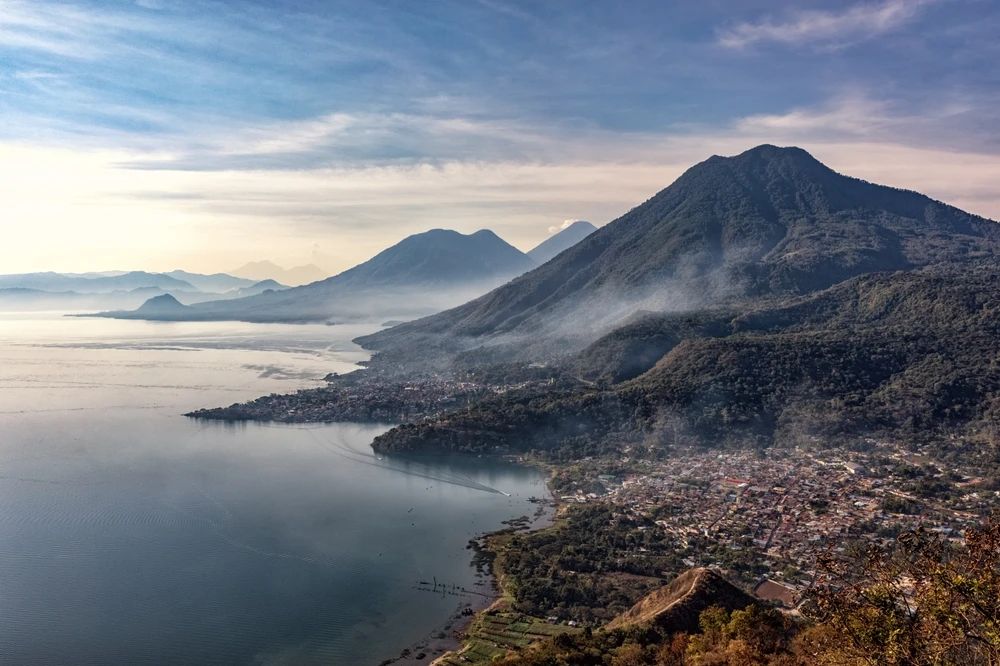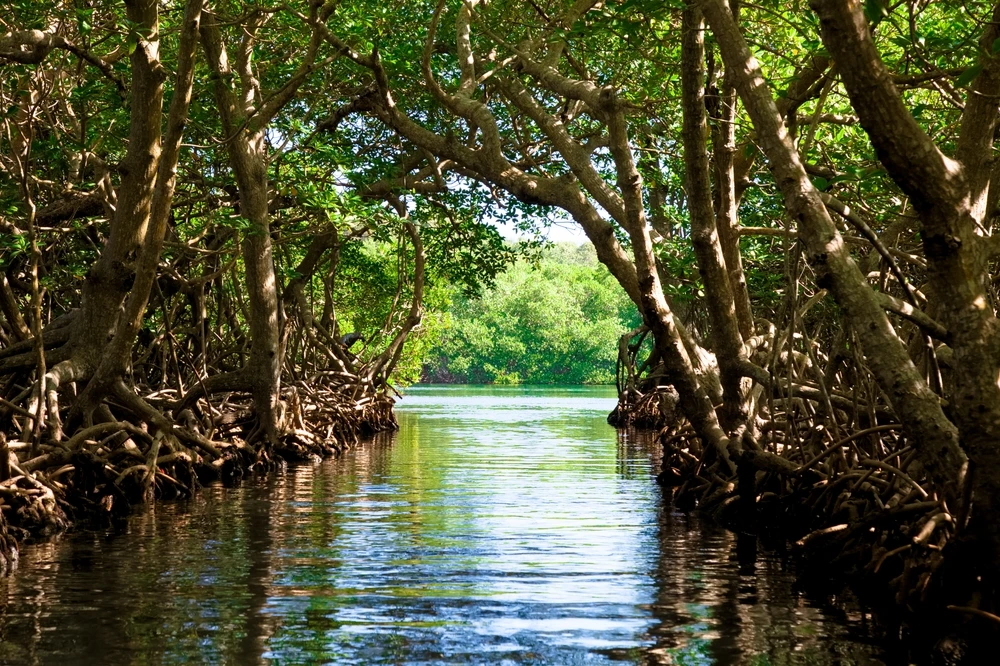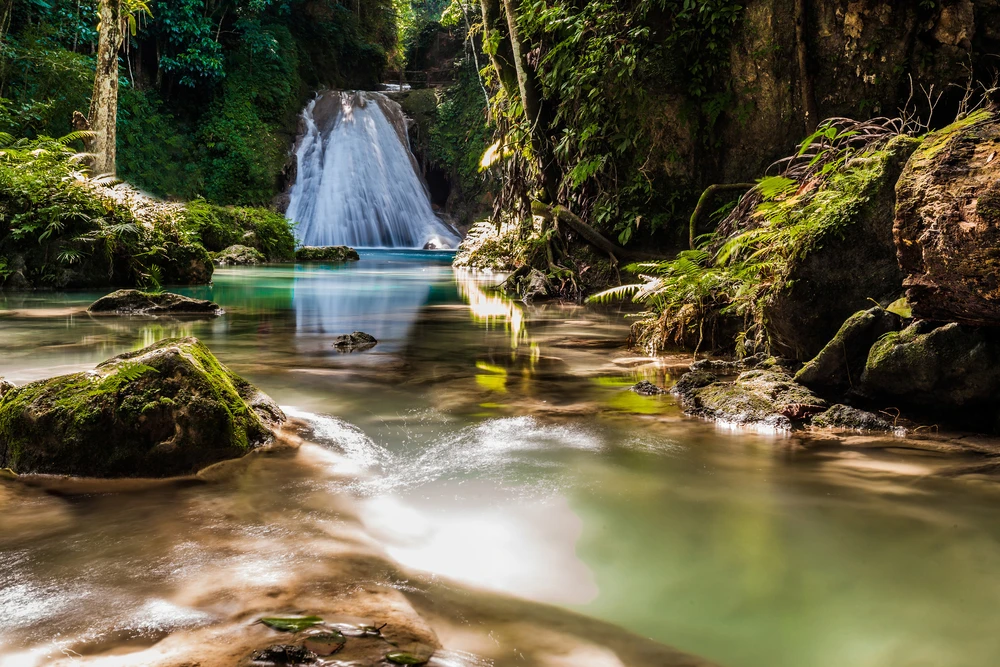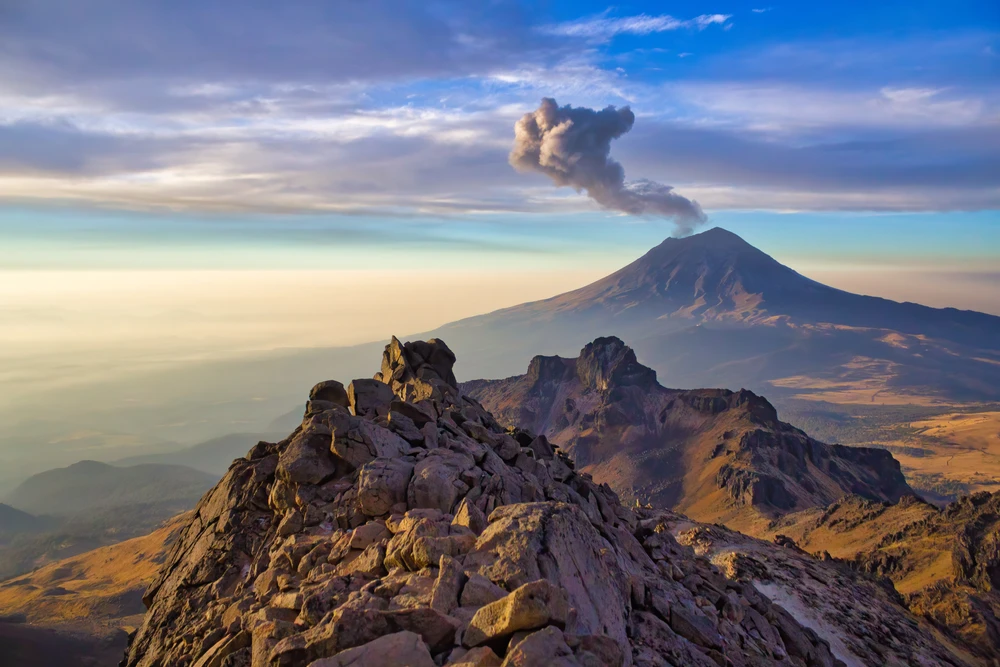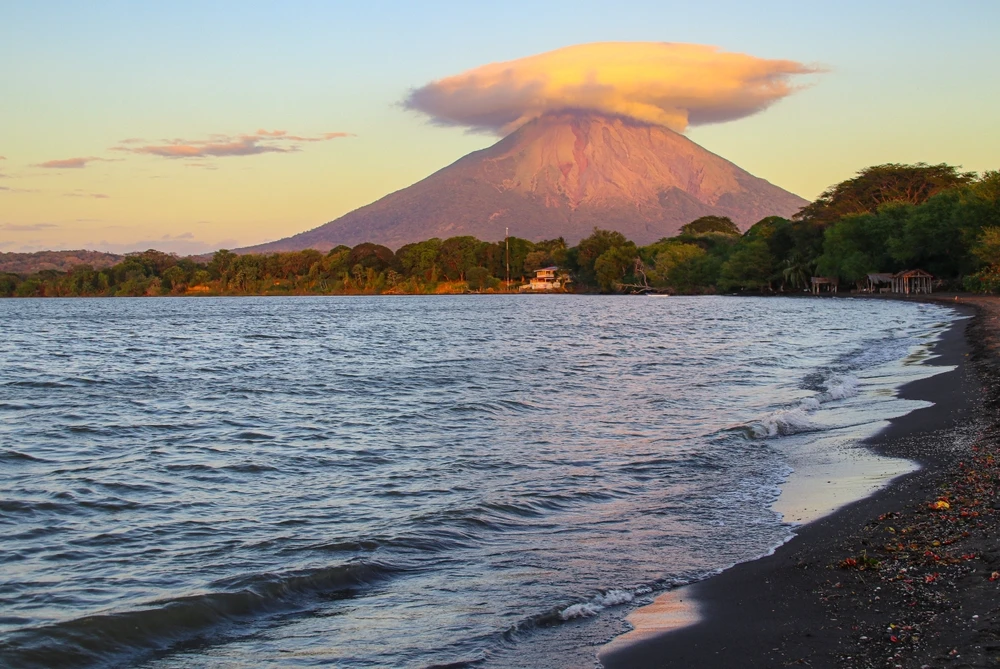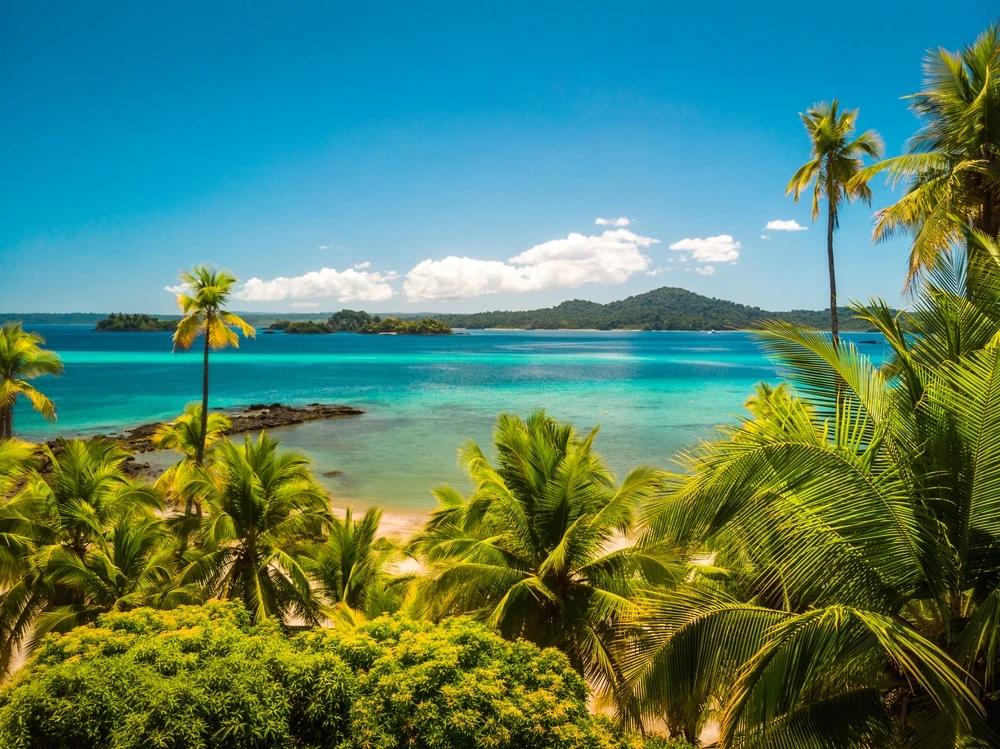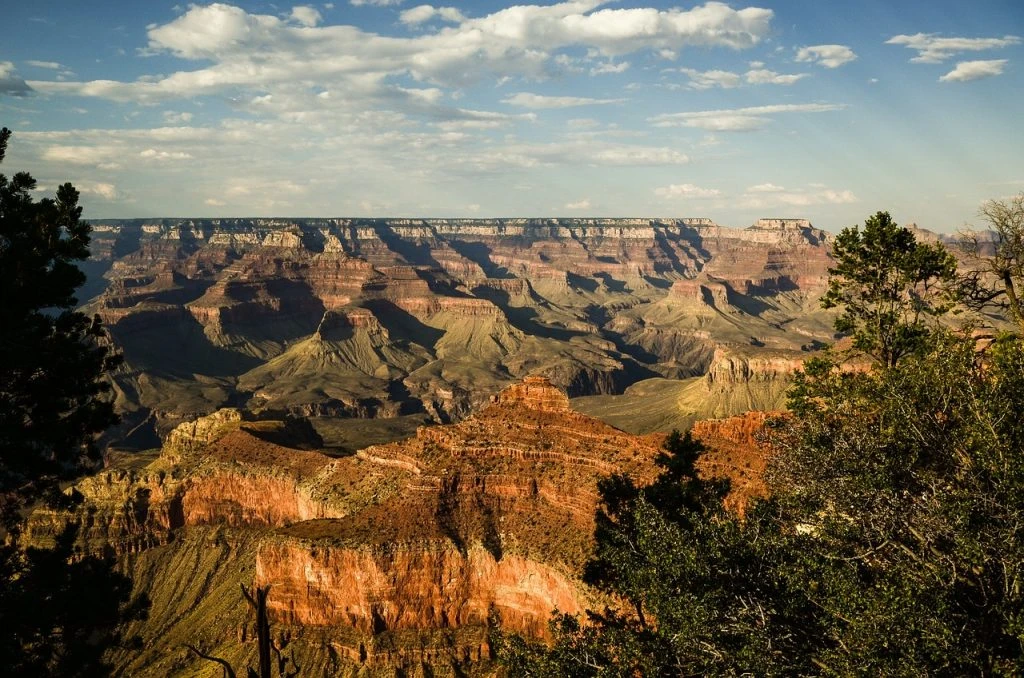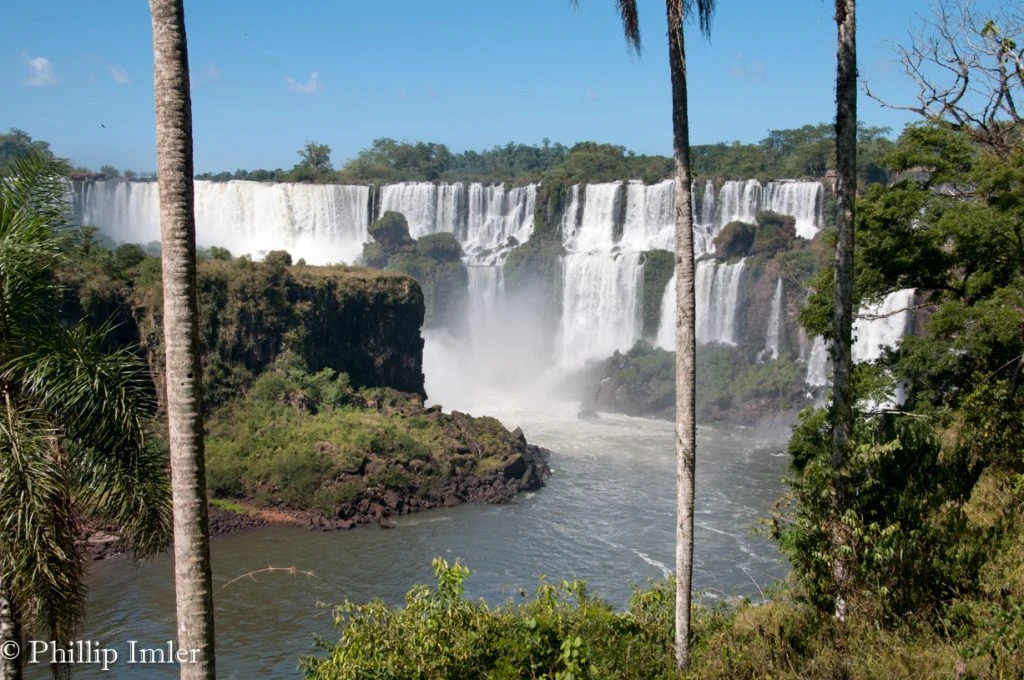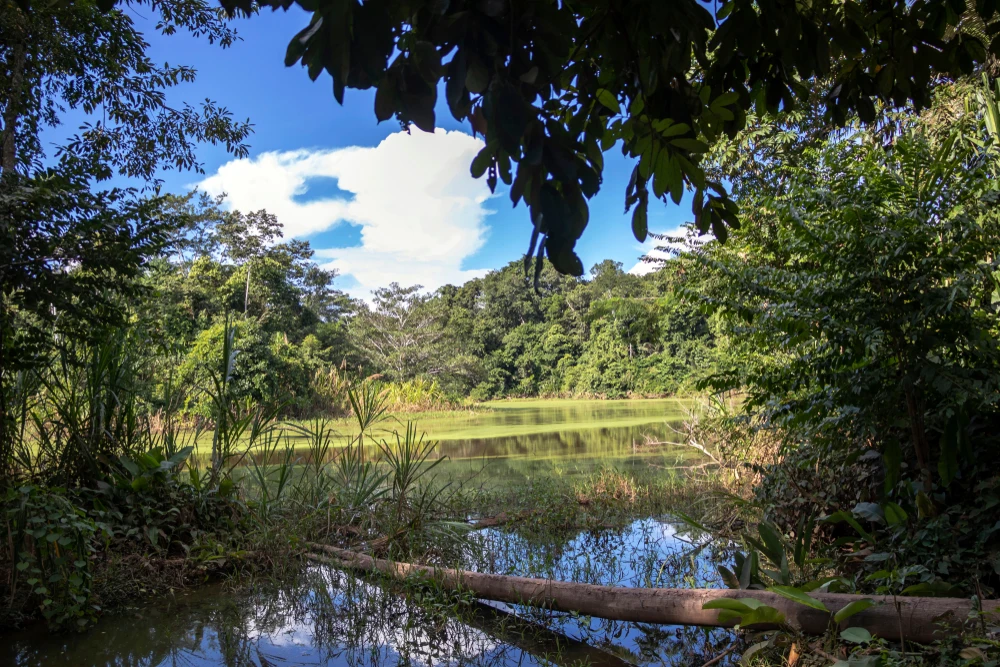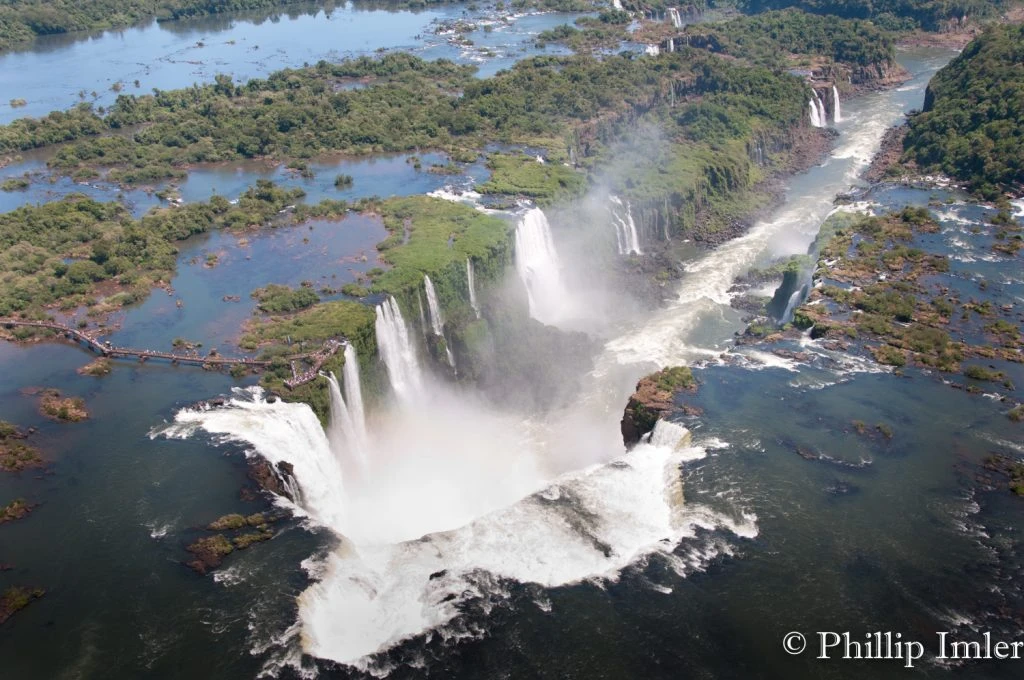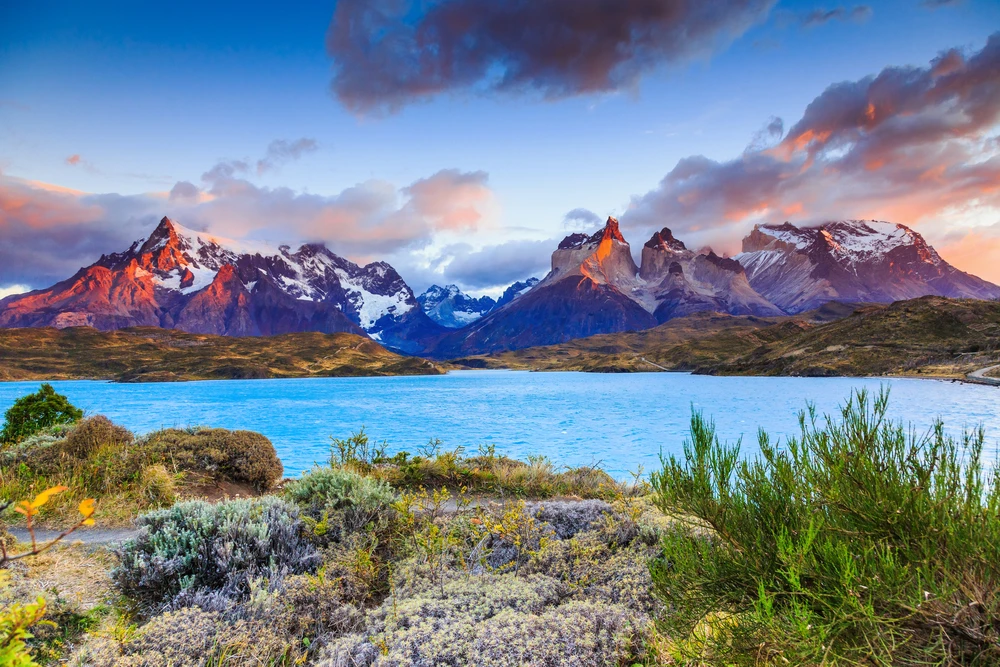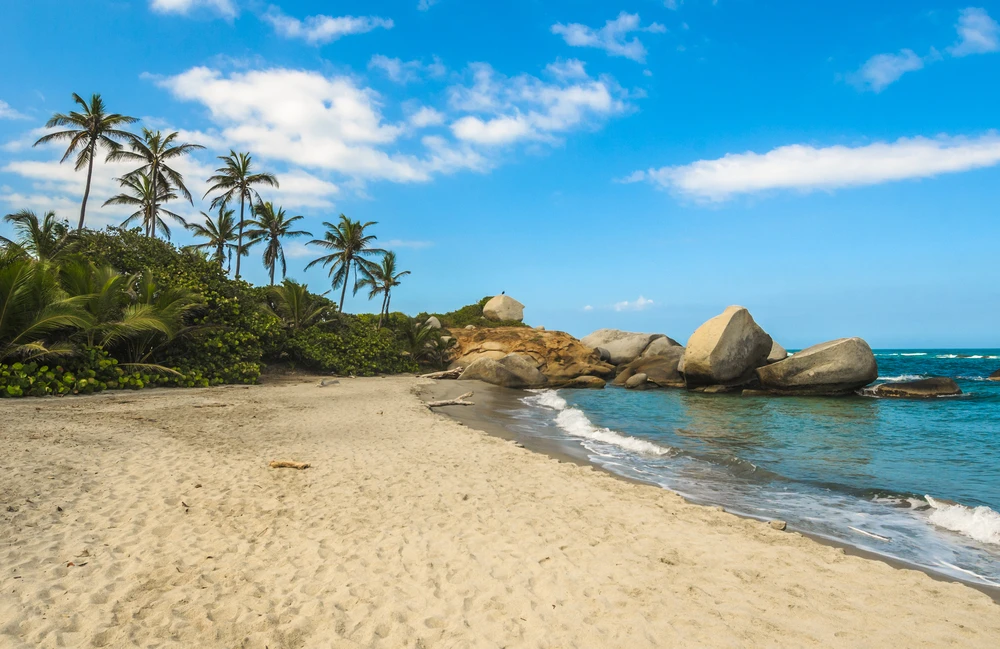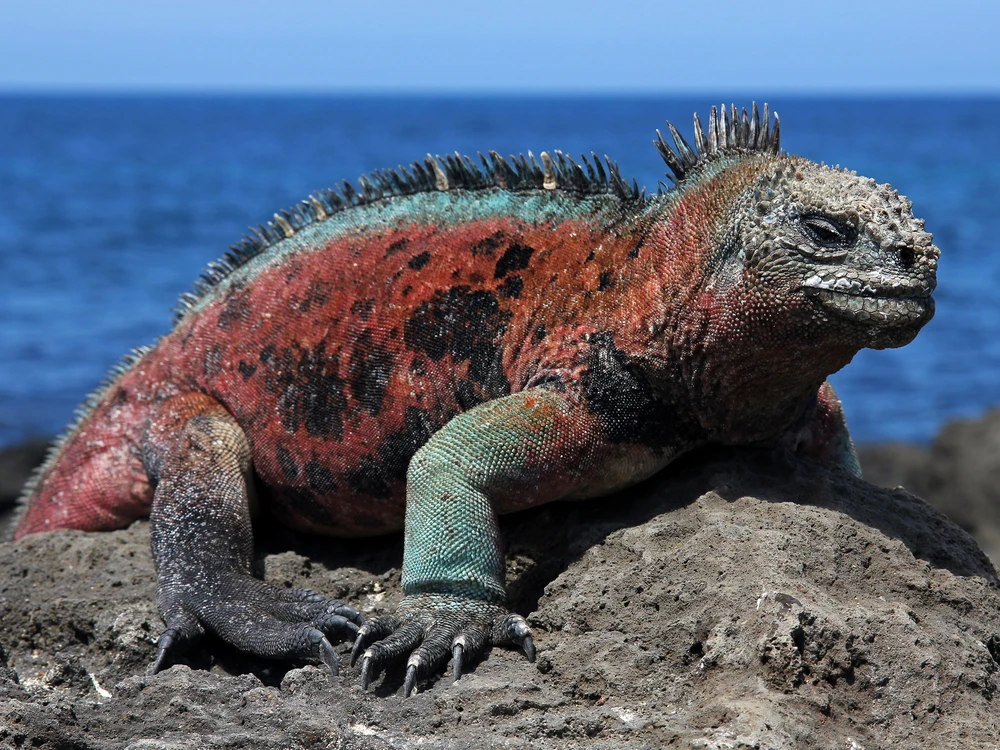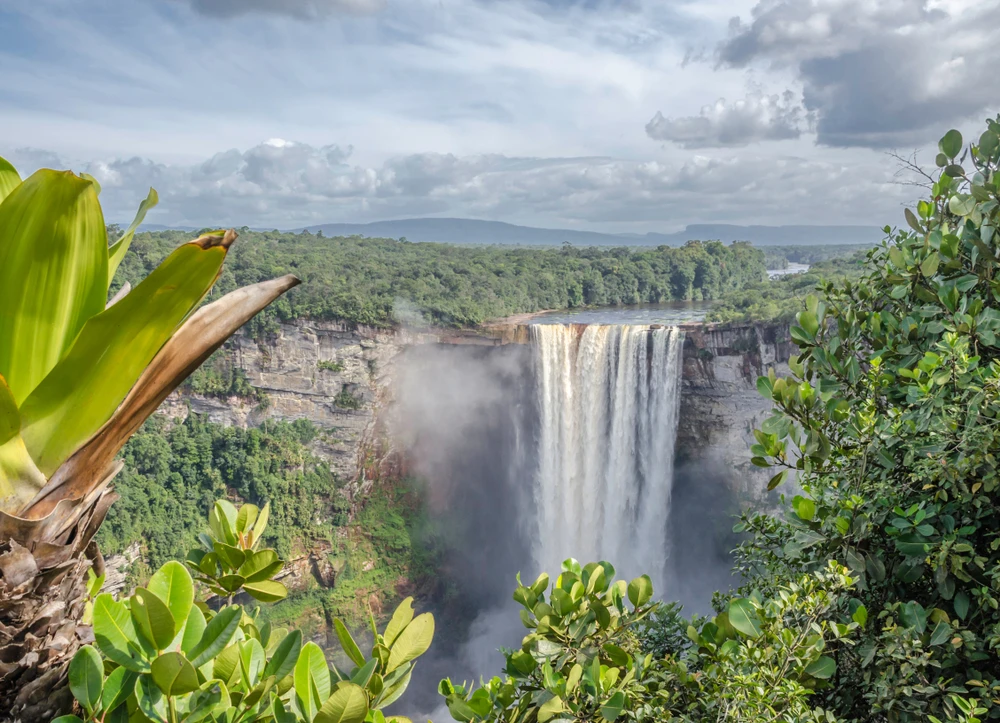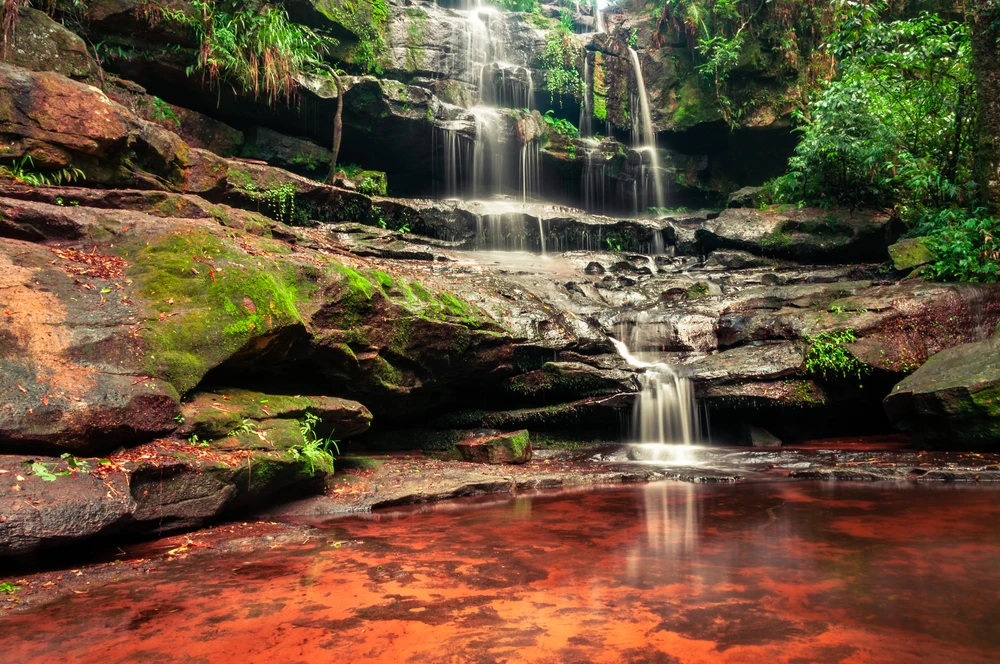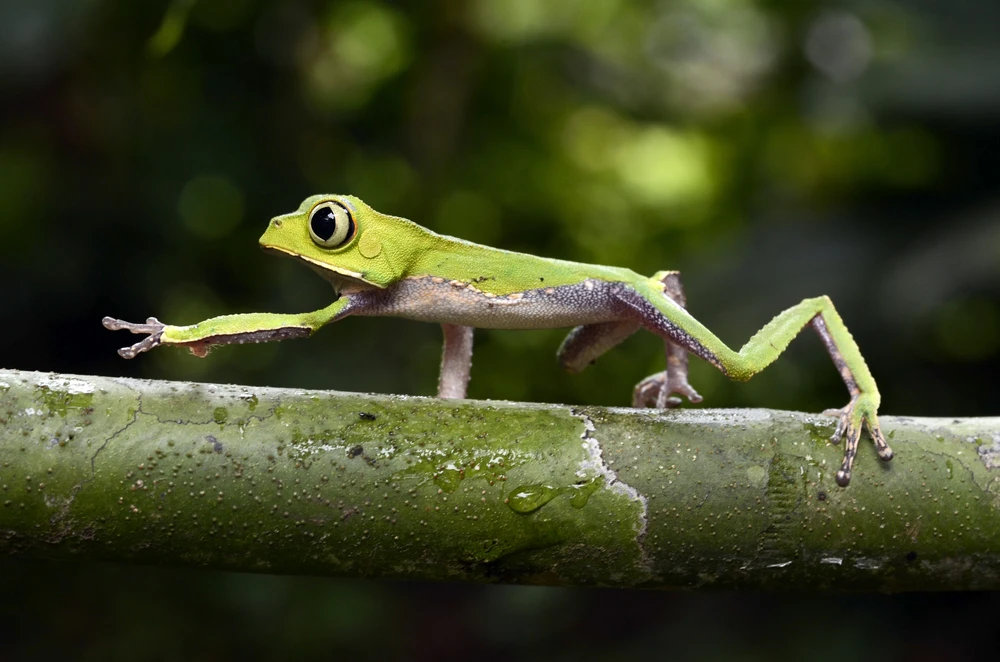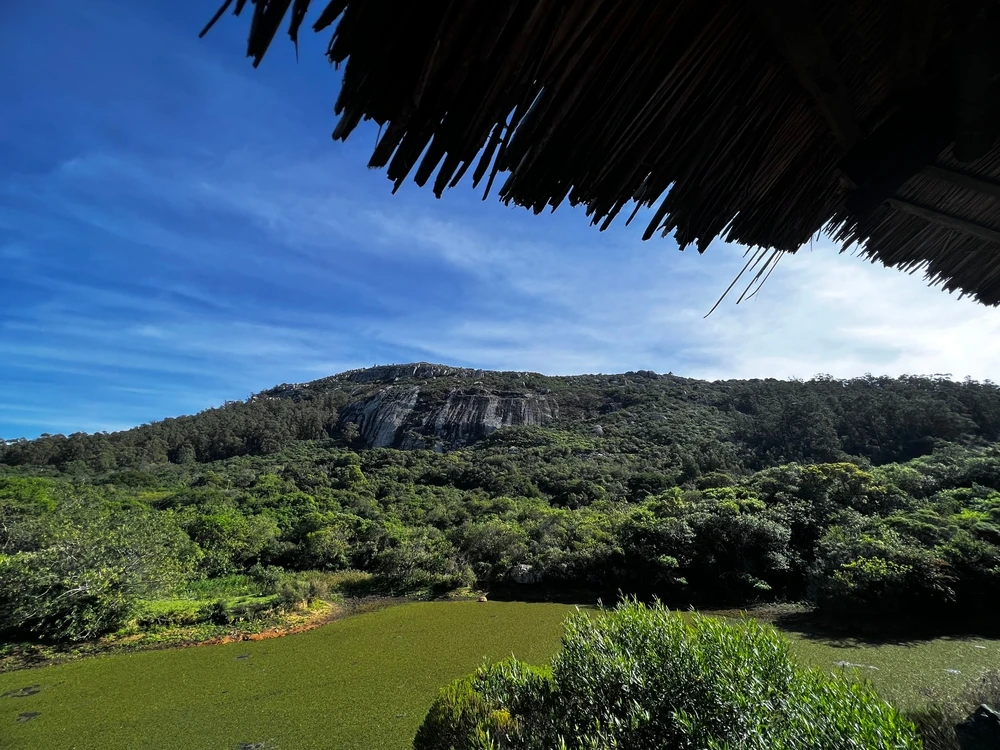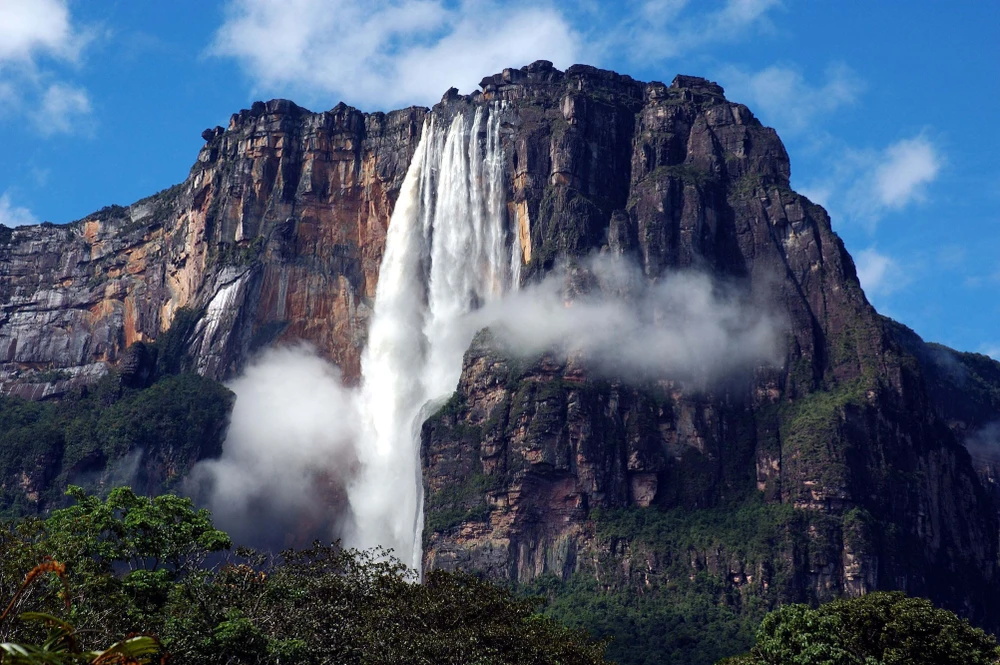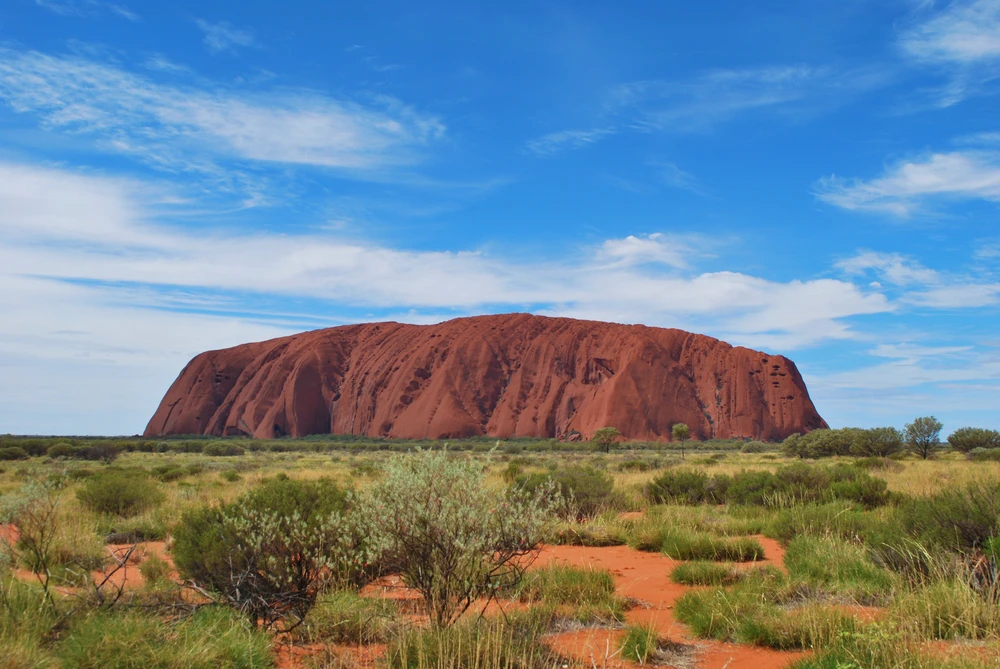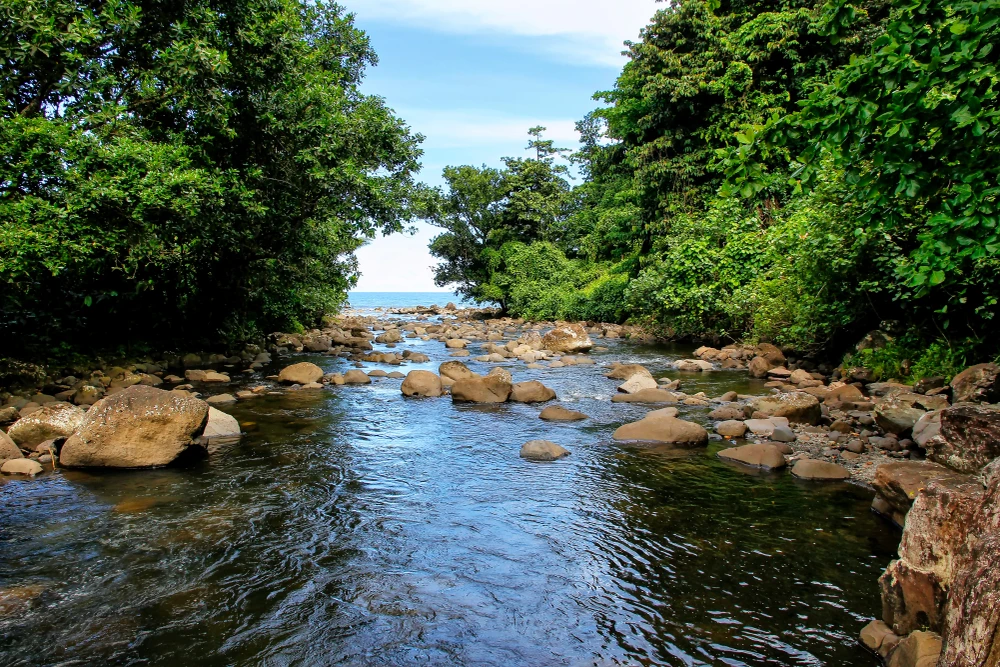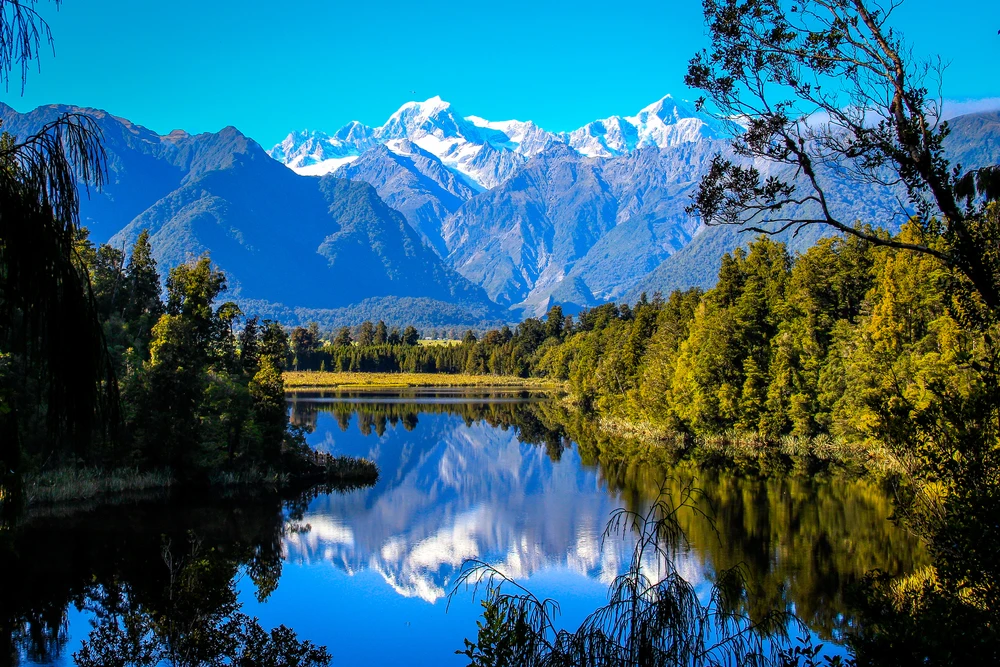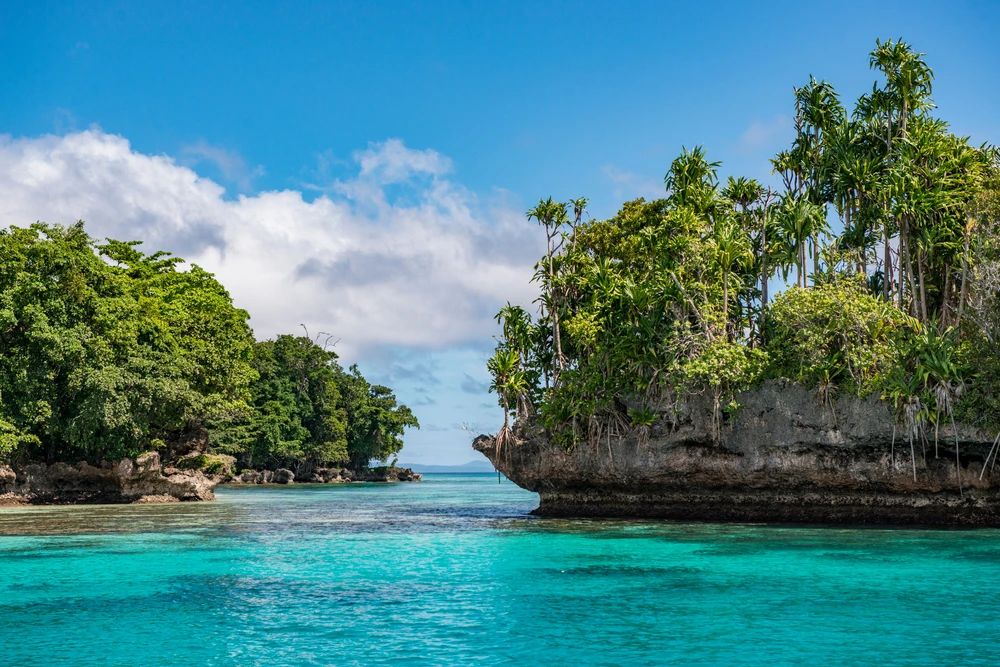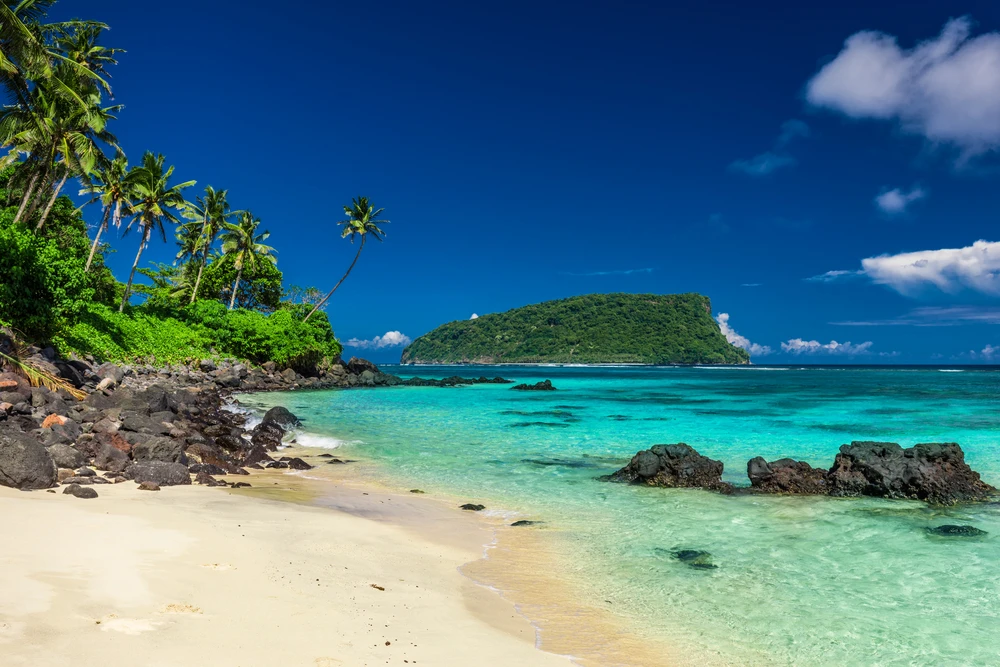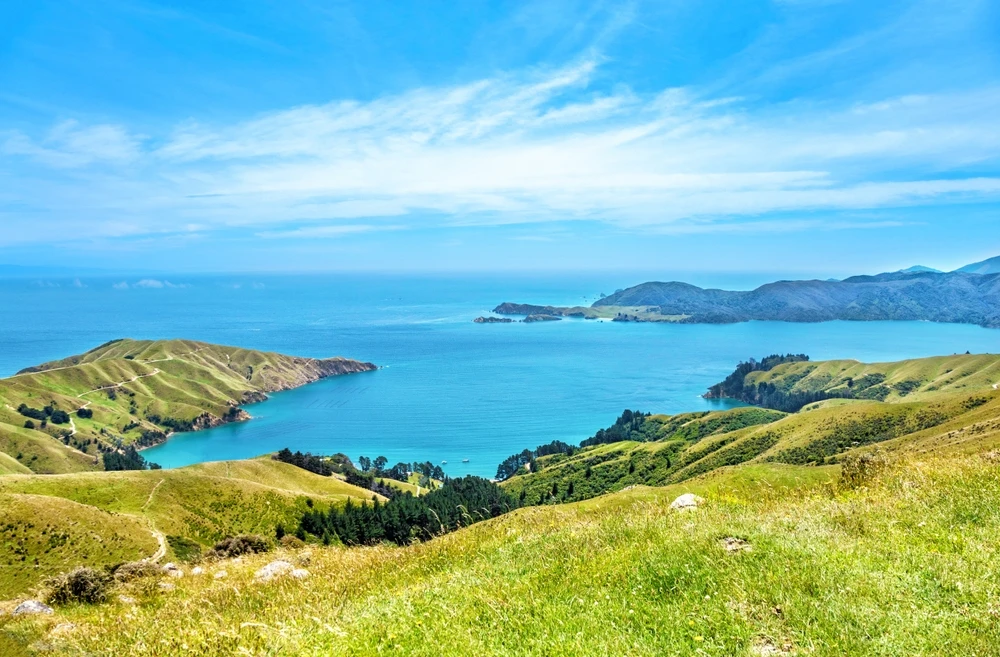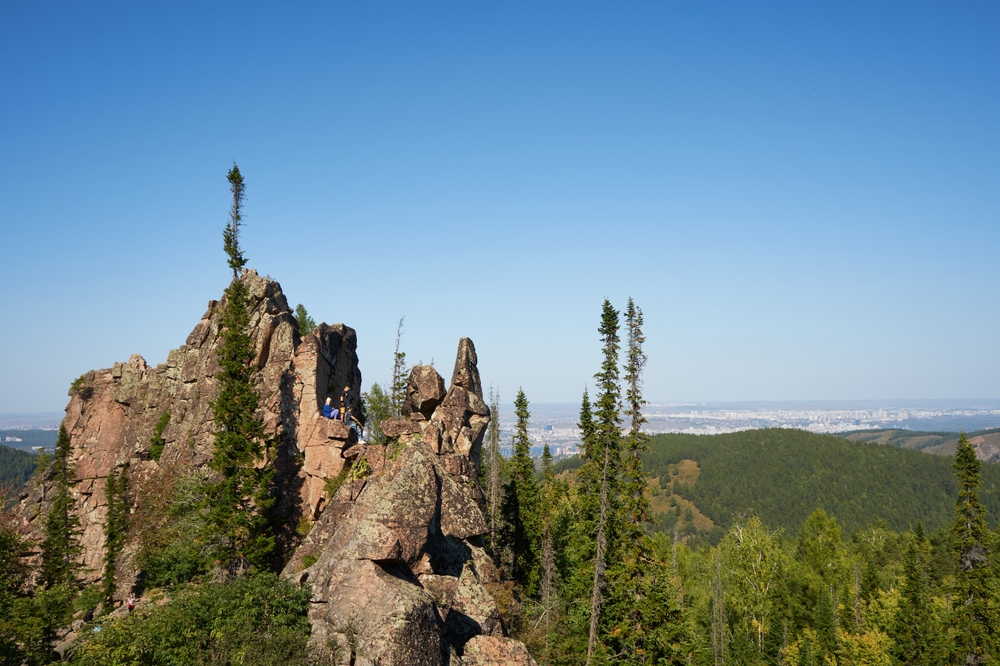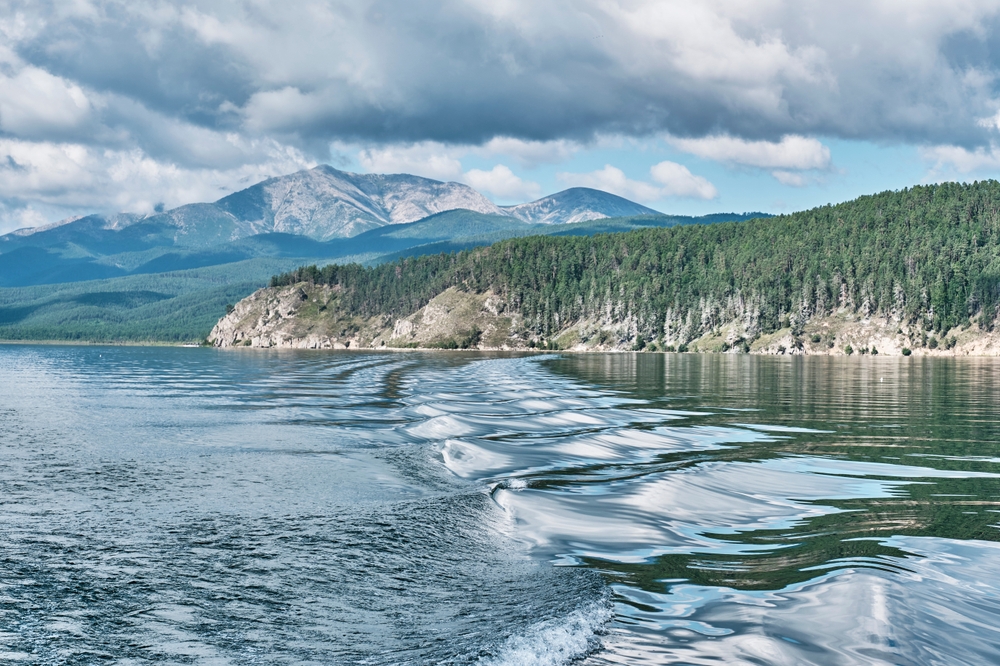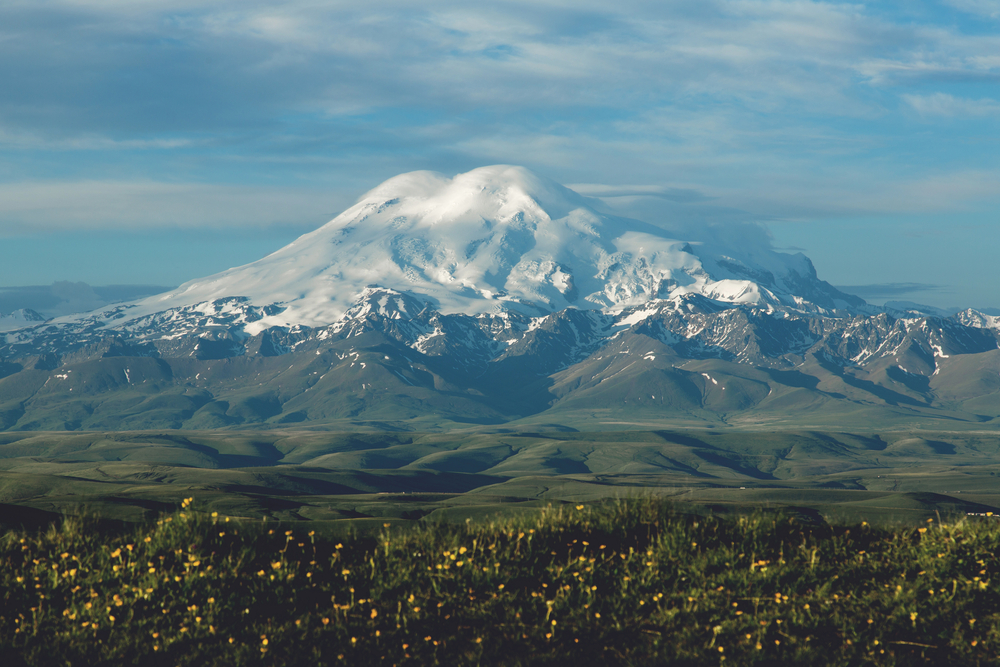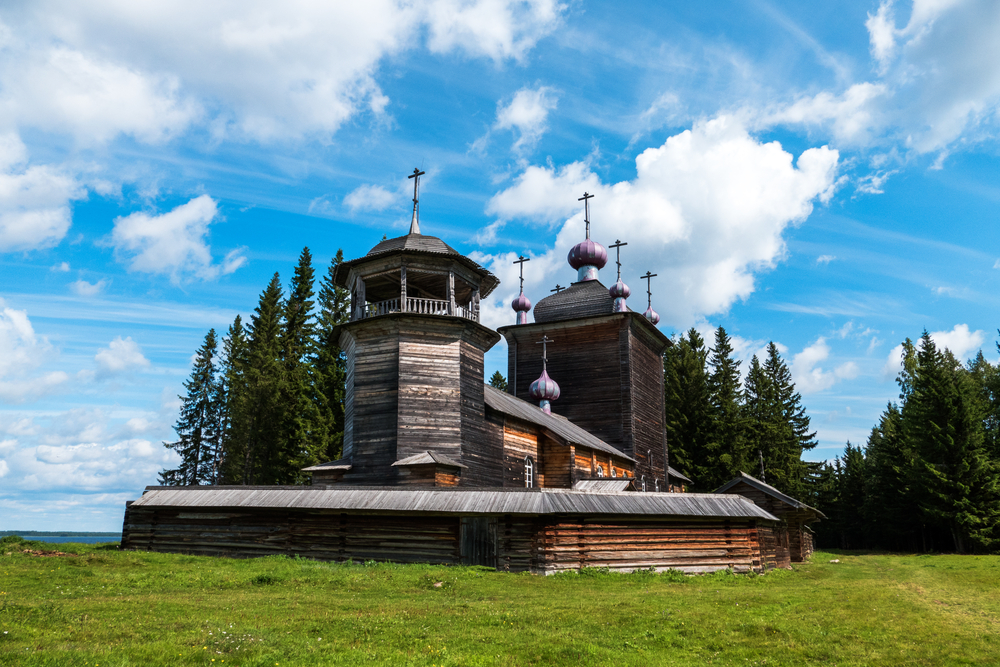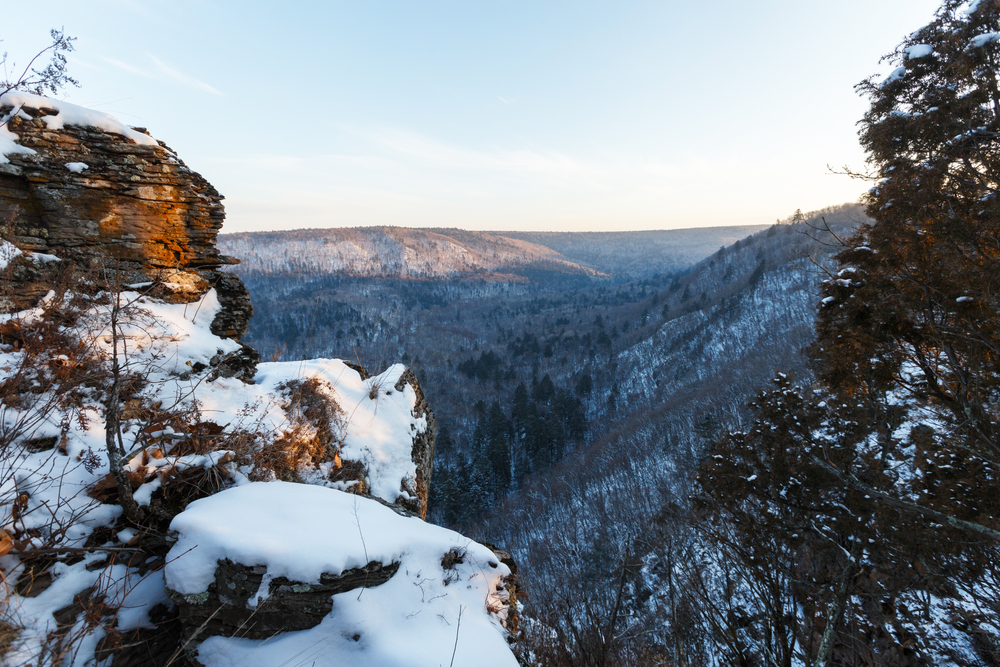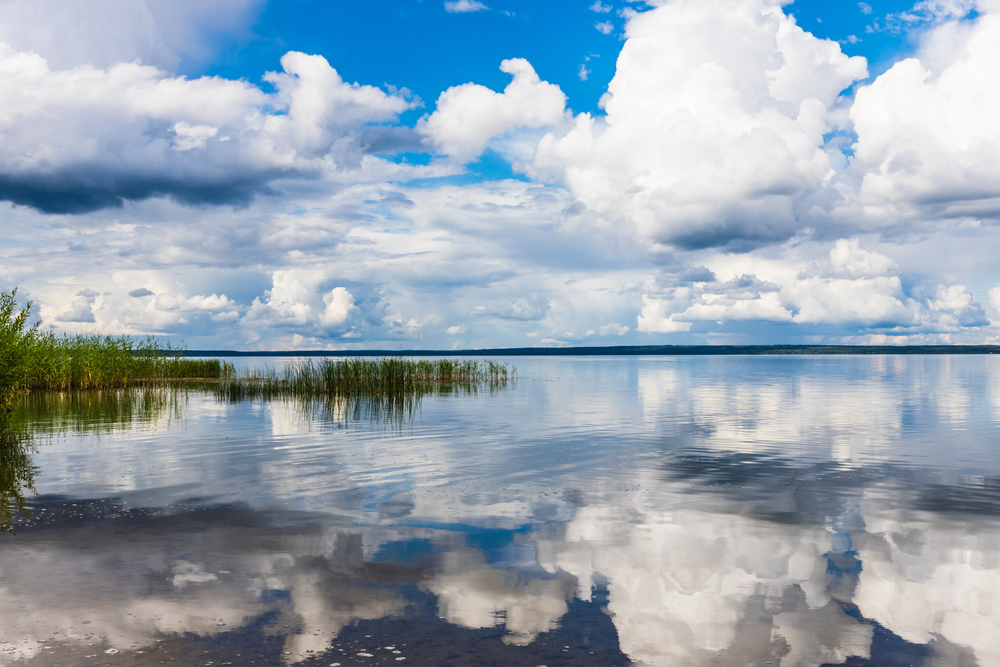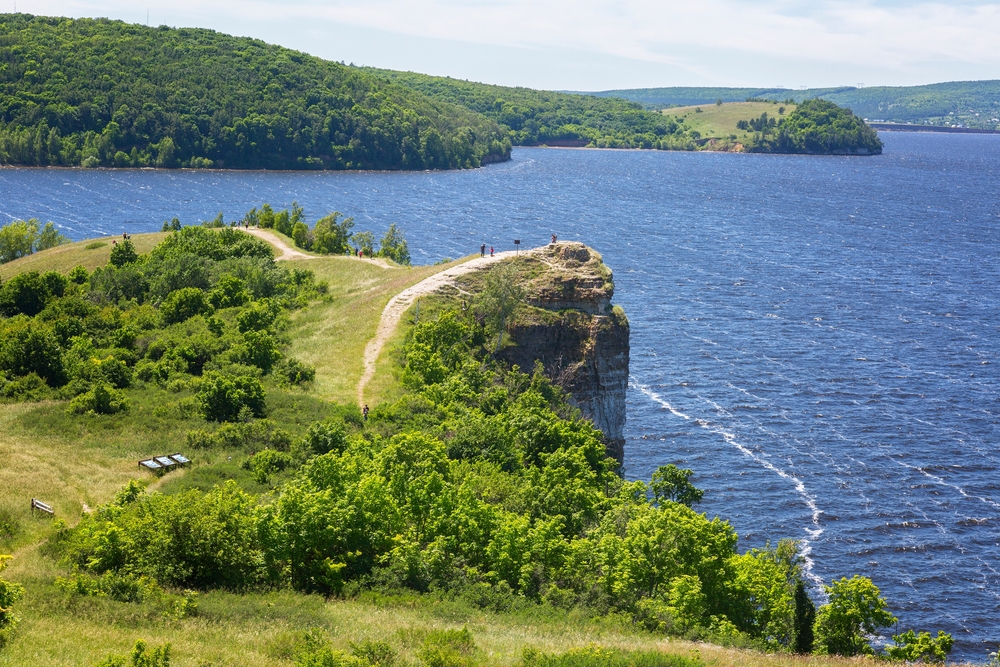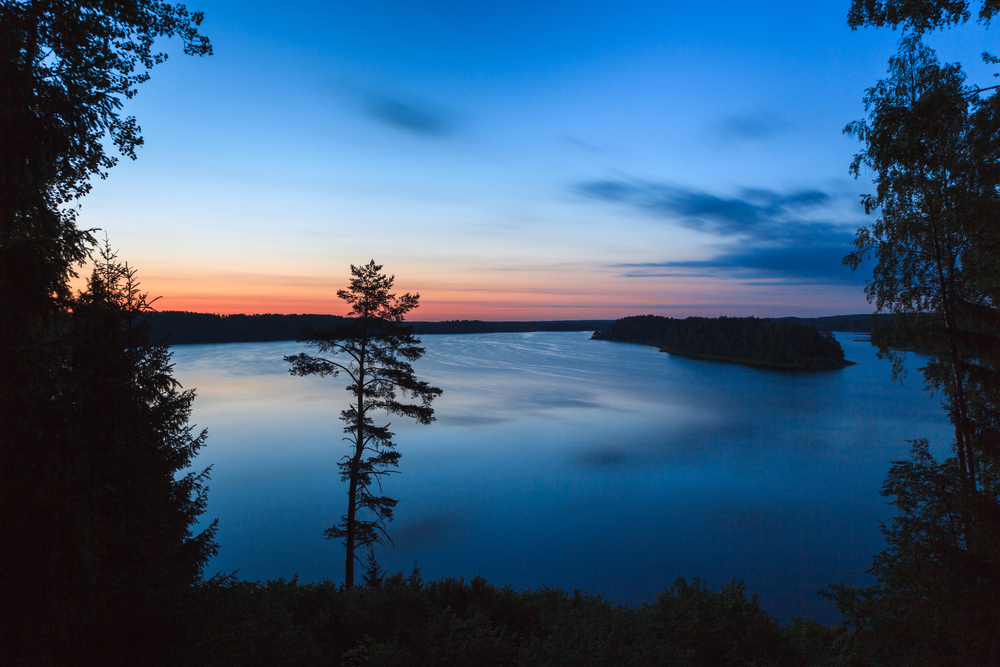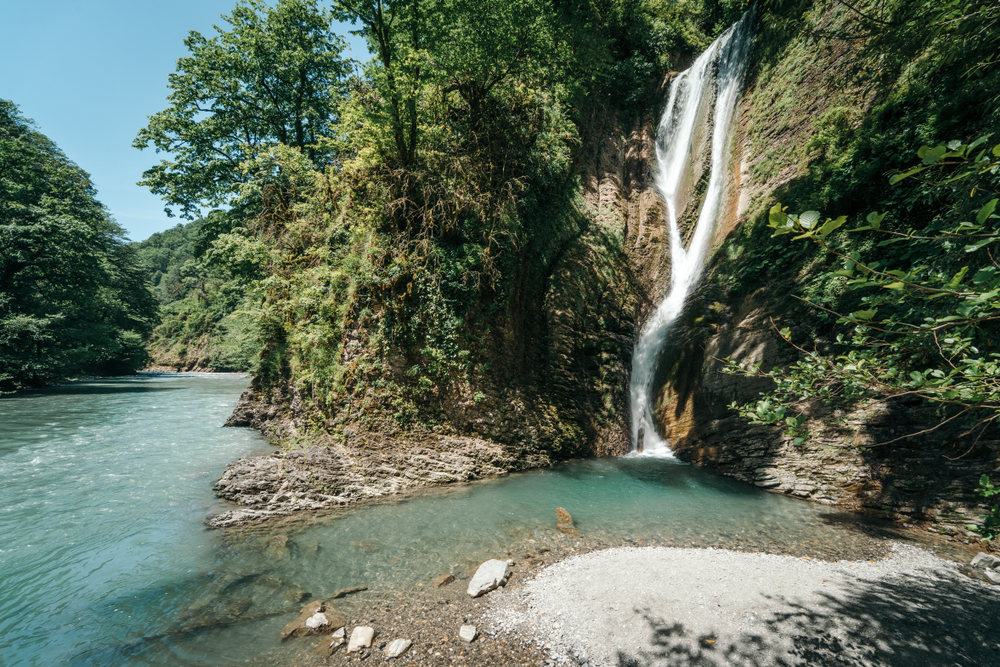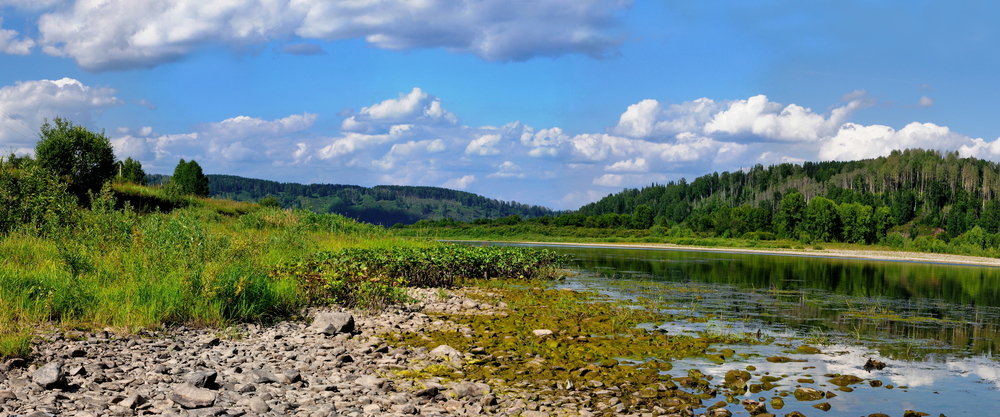Stolby Overview
Stolby National Park, known as Столбы in Russian, is a stunning natural reserve located in the Krasnoyarsk Krai of Siberia, Russia. The park spans approximately 193 square miles (500 square kilometers) and is famous for its dramatic rock formations that rise sharply from the surrounding landscape.
Situated near the city of Krasnoyarsk, it is one of Russia’s most unique and visually striking protected areas, drawing adventurers, nature lovers, and scientists alike. Established to preserve the region’s geological and ecological heritage, the park is named after its iconic rock pillars, or “stolby,” which are massive, naturally sculpted stone monoliths scattered throughout the terrain.
The terrain of Stolby National Park is rugged and diverse, with dense taiga forests, rolling hills, and sheer cliffs that create a breathtaking backdrop for exploration. The park’s elevation varies, with the highest point reaching approximately 2,500 feet (760 meters) above sea level.
The rock formations, composed primarily of syenite, have been shaped over millions of years by erosion and weathering, resulting in towering spires, massive boulders, and unique formations with names such as the Grandfather, Feathers, and the Lion Gate.
The forests are dominated by Siberian fir, Scots pine, and birch trees, creating a lush and varied ecosystem. During winter, the park transforms into a snow-covered wonderland, making it a popular destination for those seeking a different perspective on its natural beauty.
Wildlife thrives in Stolby National Park, with a mix of Siberian fauna that includes large mammals such as the Siberian roe deer, brown bear, and sable. The park is also home to lynxes and wolverines, elusive predators that roam the forested areas.
Birdwatchers can enjoy sightings of species like the Siberian jay, black woodpecker, and Ural owl, as well as various raptors that soar above the cliffs and open areas. The park’s biodiversity is supported by its protected status, allowing many rare and threatened species to find refuge in this pristine environment.
One of the most popular features of the park is its unique climbing culture. For over a century, local enthusiasts known as stolbists have practiced a unique form of free climbing on the park’s rock pillars, often without ropes or equipment. This long-standing tradition adds a cultural and adventurous element to Stolby’s appeal.
The park’s vast network of trails also provides visitors with access to breathtaking viewpoints, deep forest paths, and secluded areas where they can appreciate the silence and beauty of nature. Another highlight is the central group of rock formations, which are the easiest to access and attract the most visitors.
Visitors can experience Stolby National Park in a variety of ways. Hiking is the most common activity, with well-marked trails leading to different rock formations and scenic overlooks.
In winter, cross-country skiing and snowshoeing allow for exploration in a snowy landscape, while photographers flock to capture the changing beauty of the seasons. The park also offers guided tours for those interested in its geology, flora, and fauna, providing deeper insight into its ecological and historical significance.
Stolby National Park faces conservation challenges, particularly due to its close proximity to Krasnoyarsk. Heavy foot traffic and unregulated tourism have the potential to cause erosion and environmental damage.
However, the park’s management has implemented measures to protect its natural features, including designated trails, conservation programs, and educational efforts to promote responsible tourism. Successes include maintaining a healthy ecosystem despite increasing numbers of visitors and continuing research efforts that help monitor and protect its diverse species.

